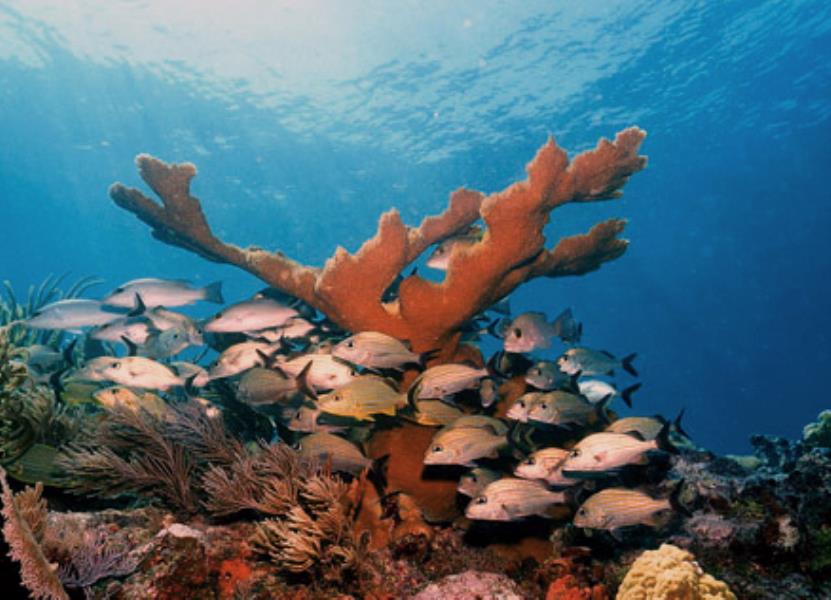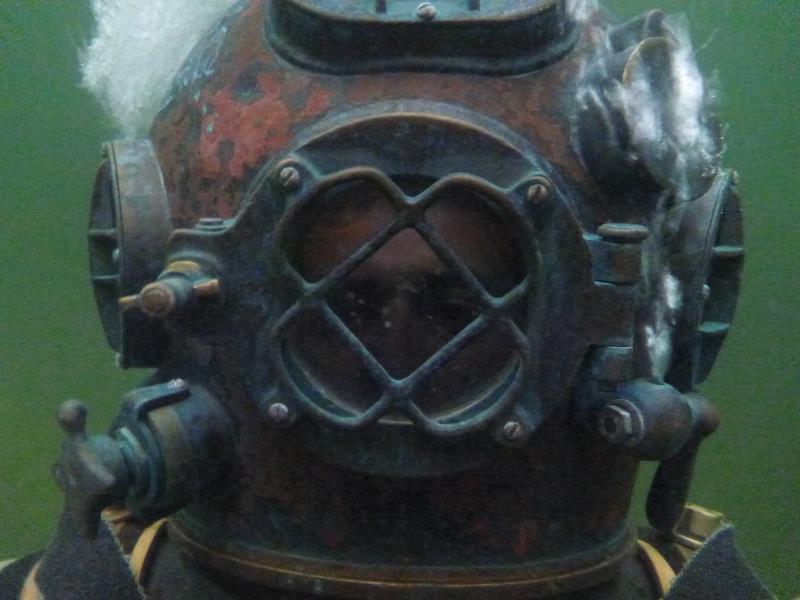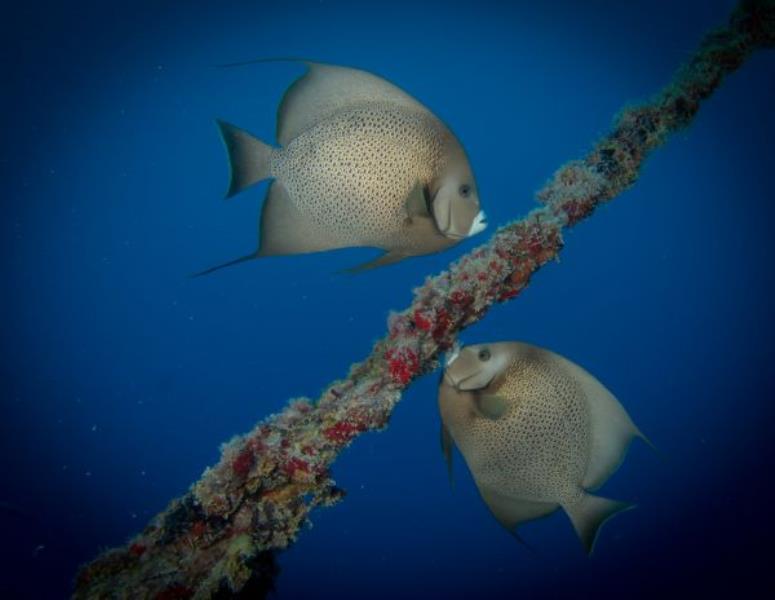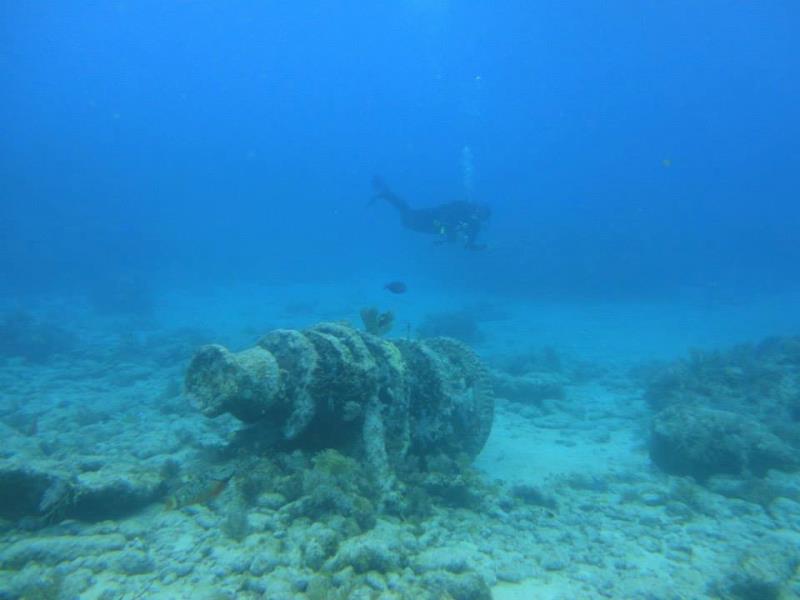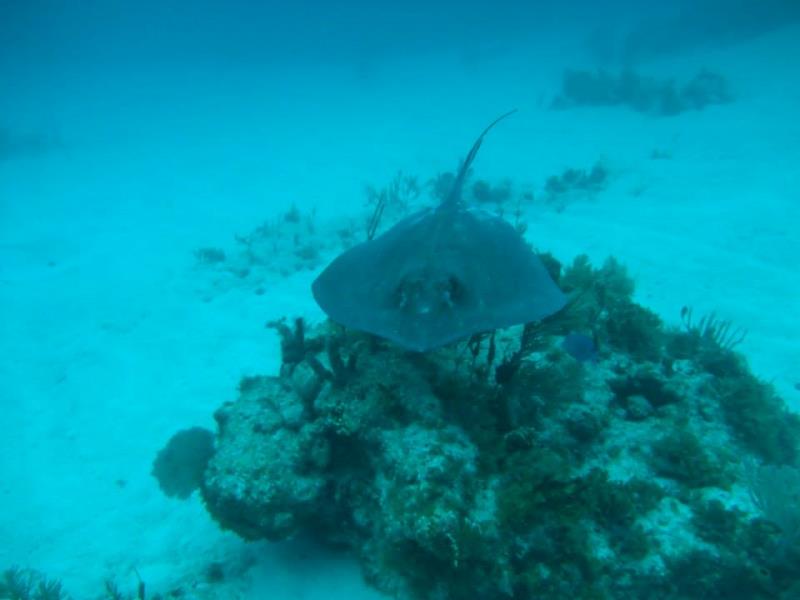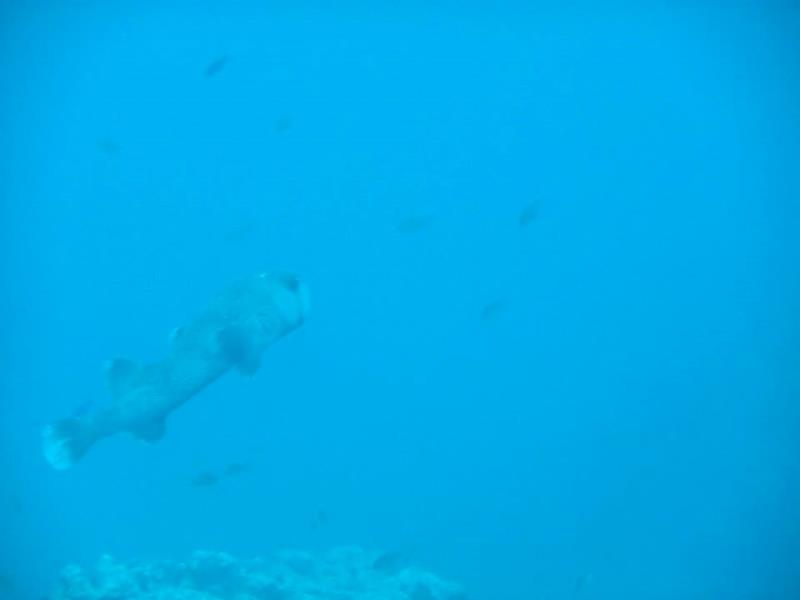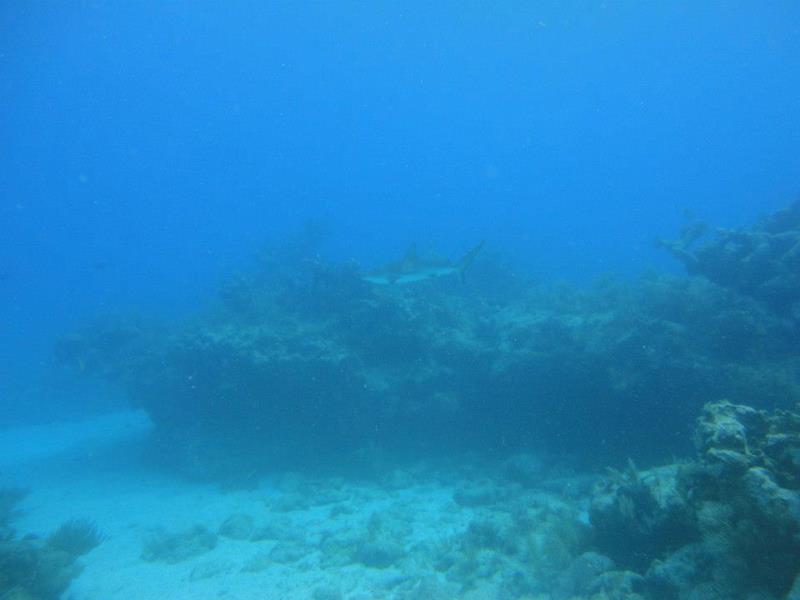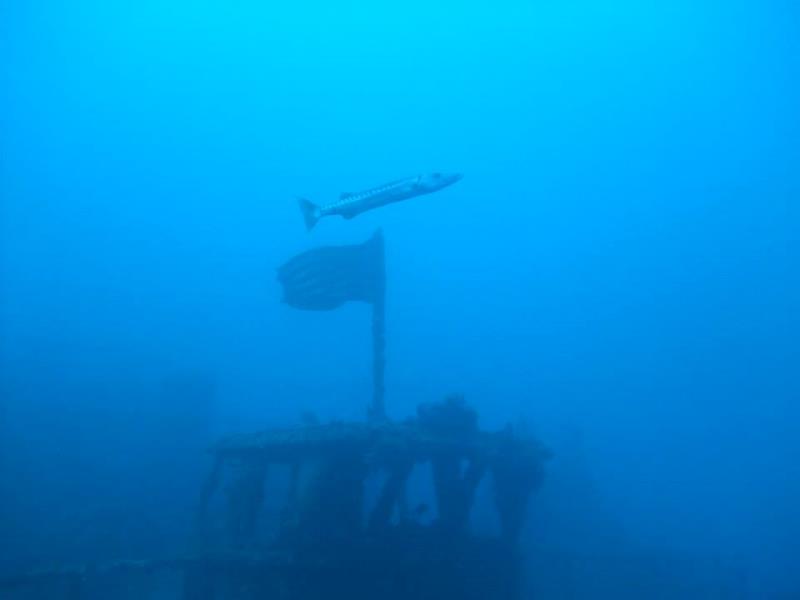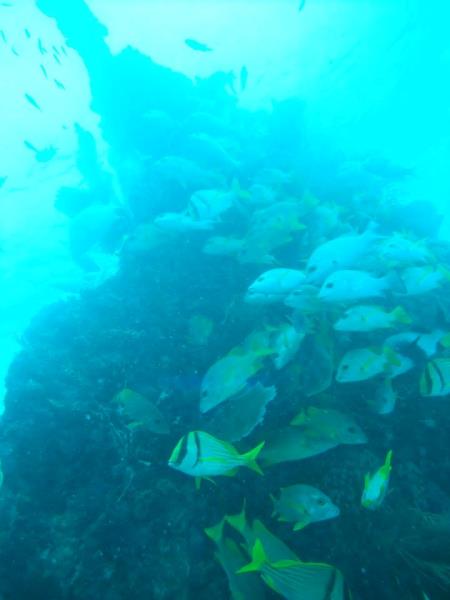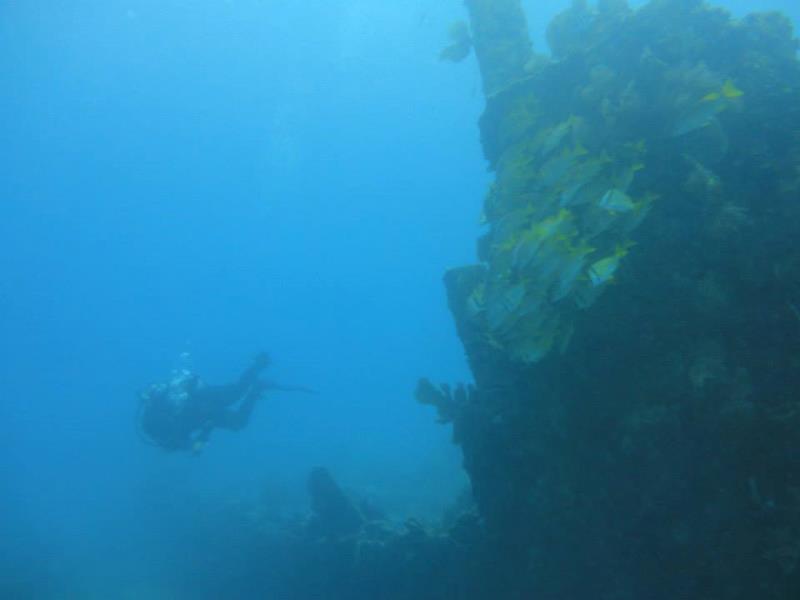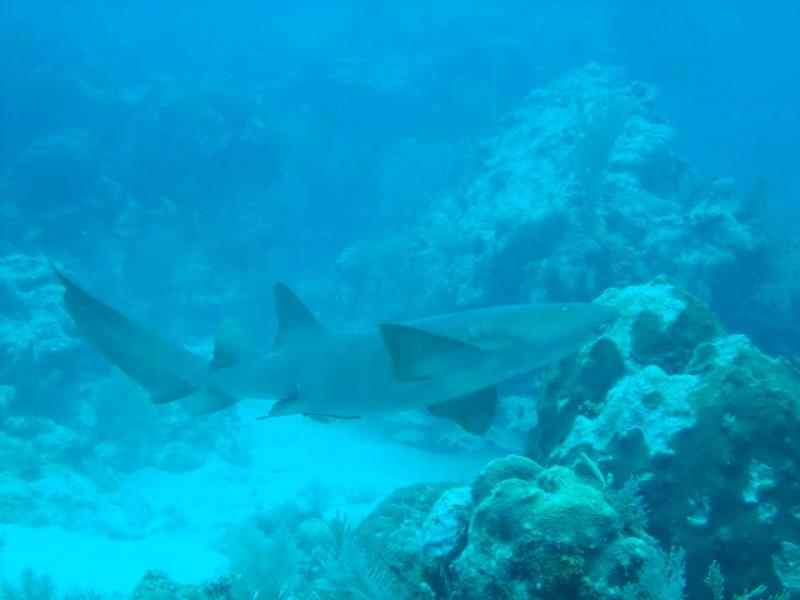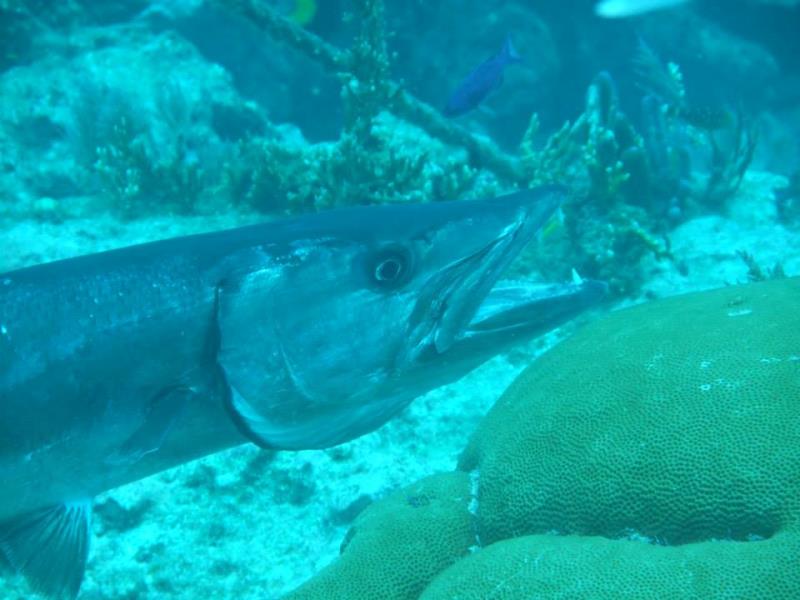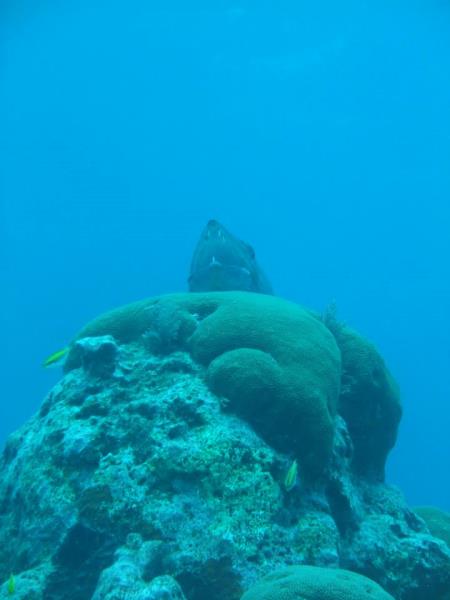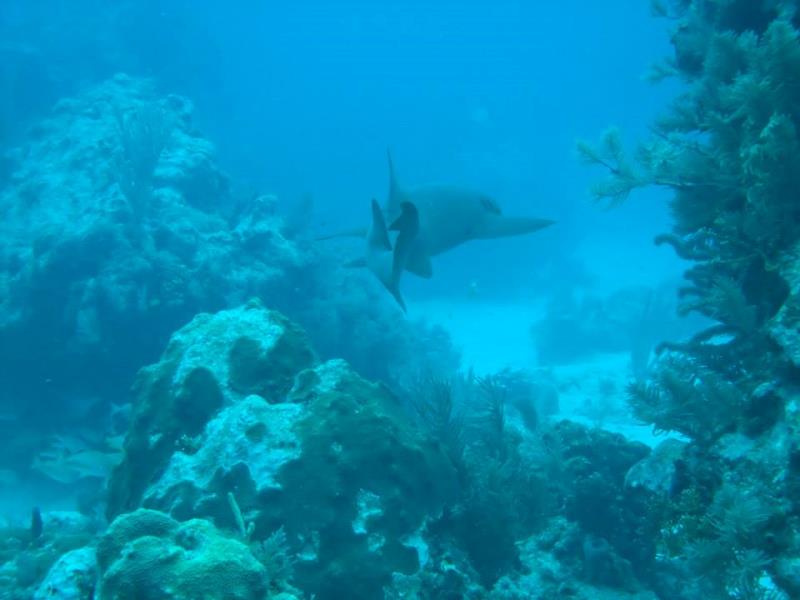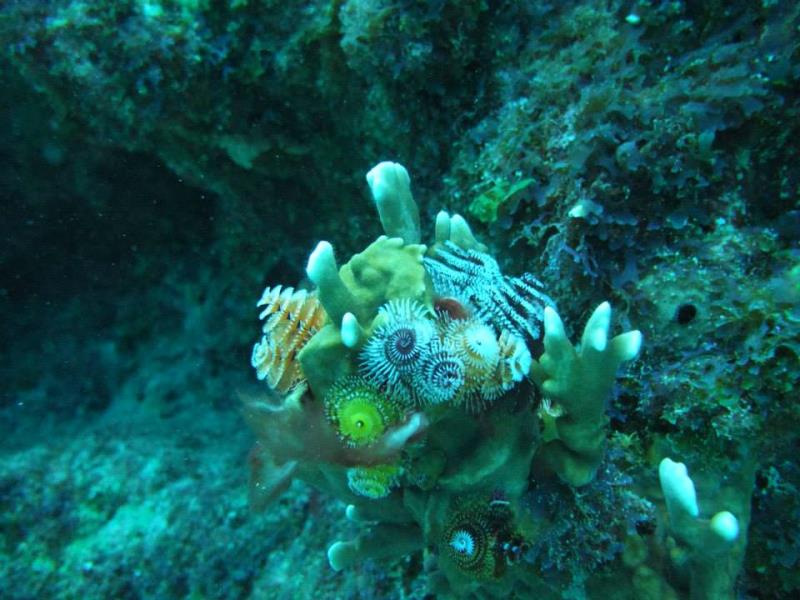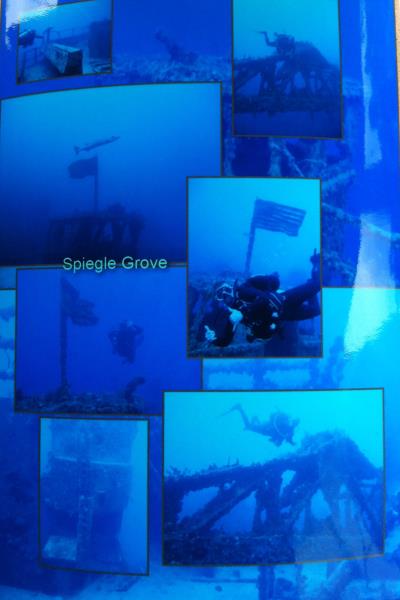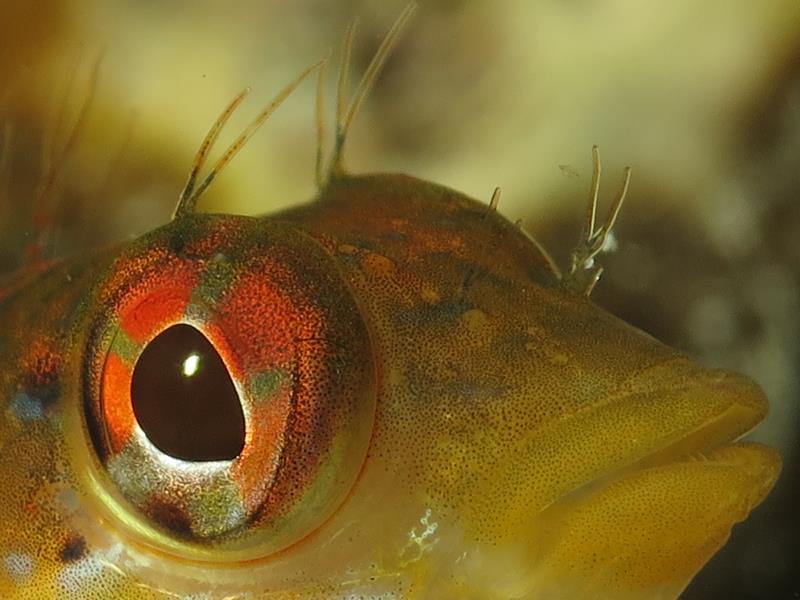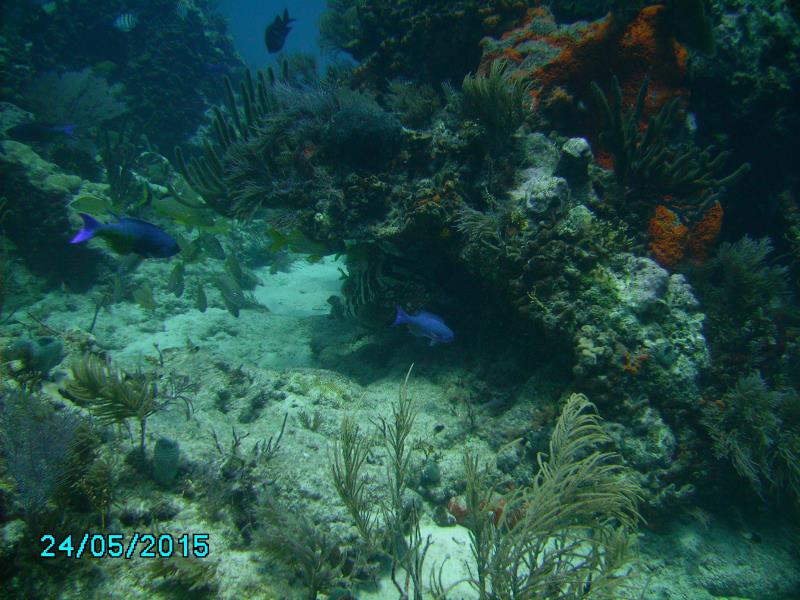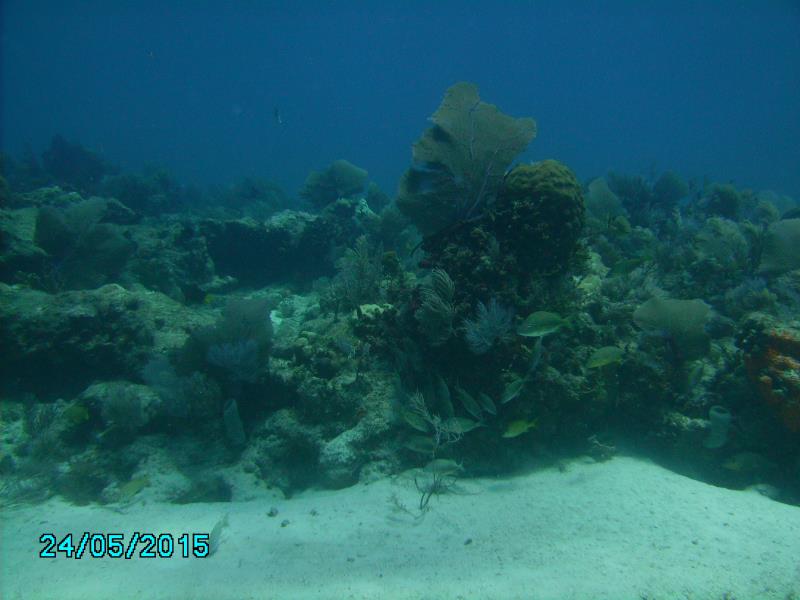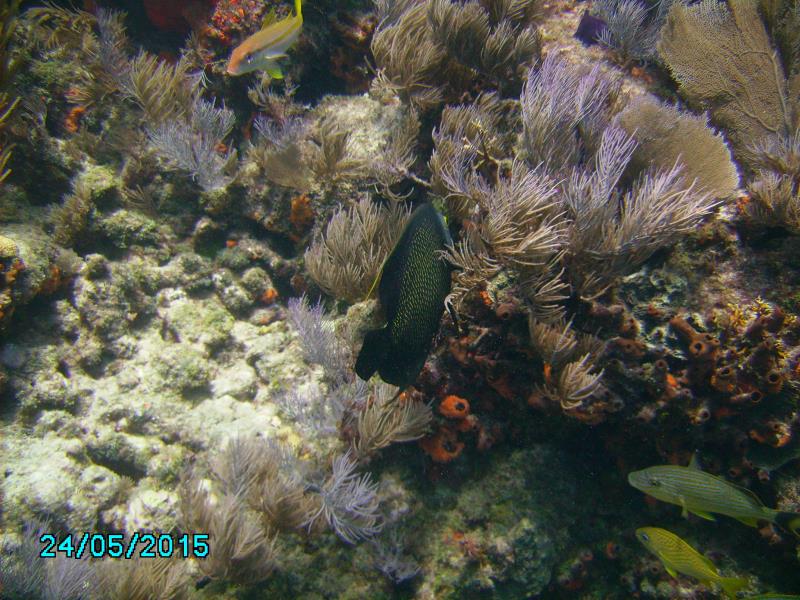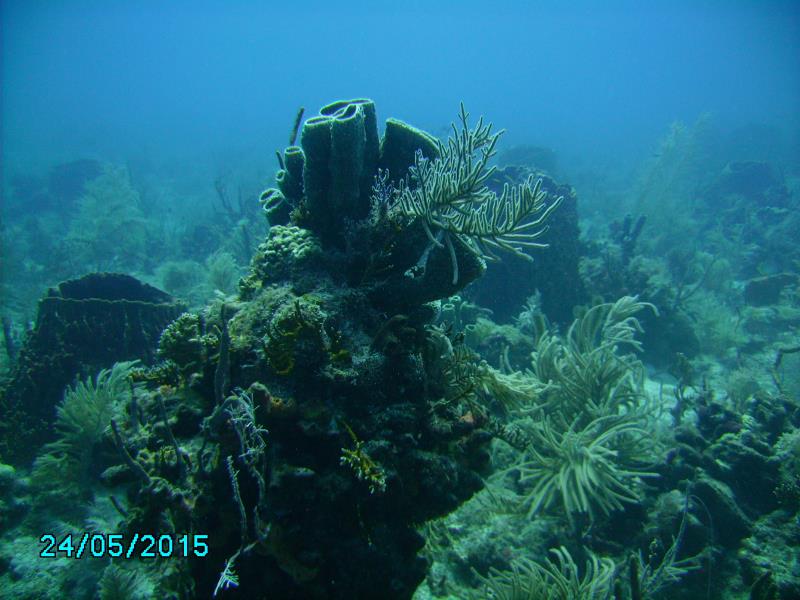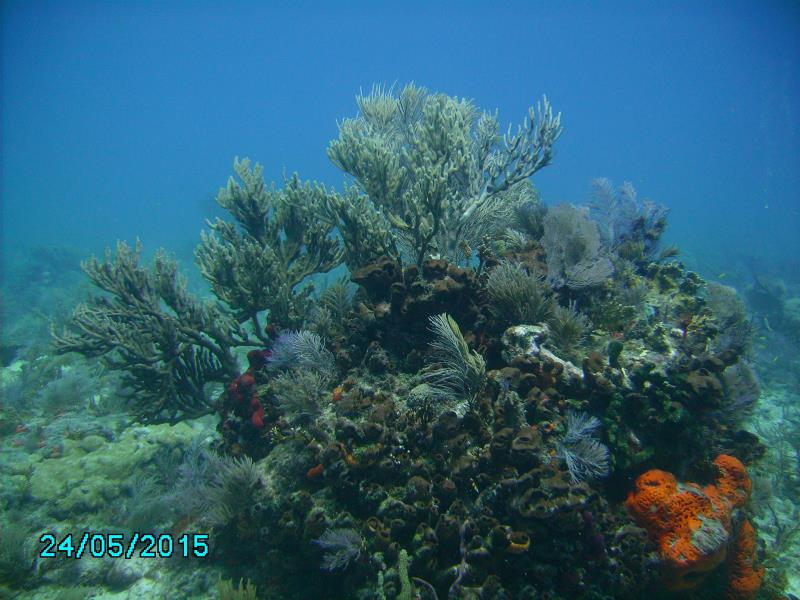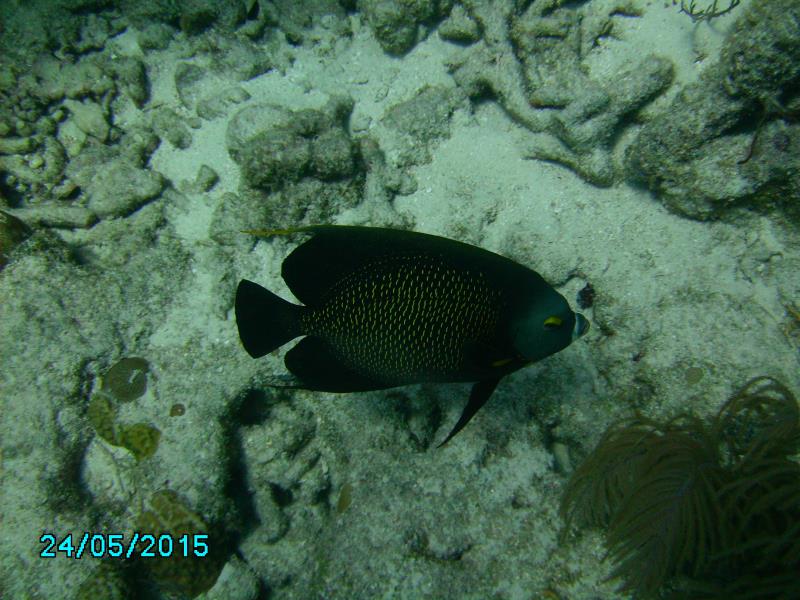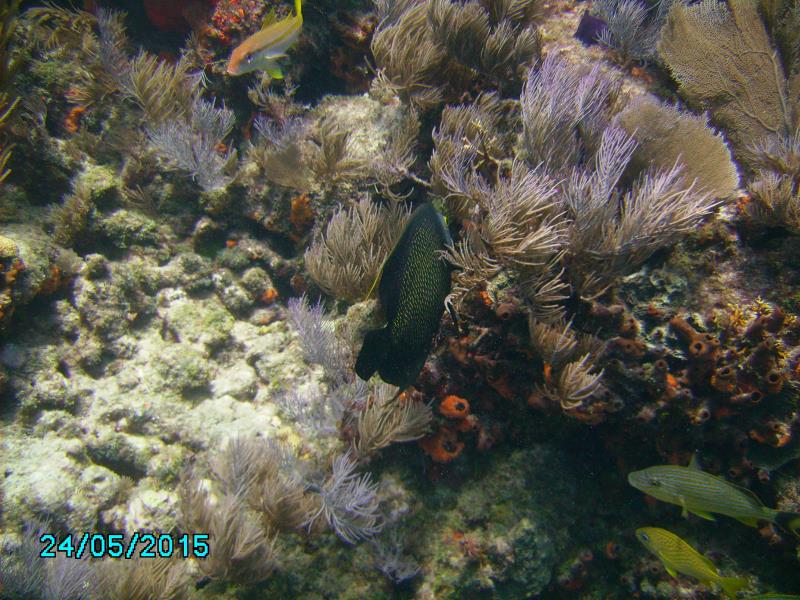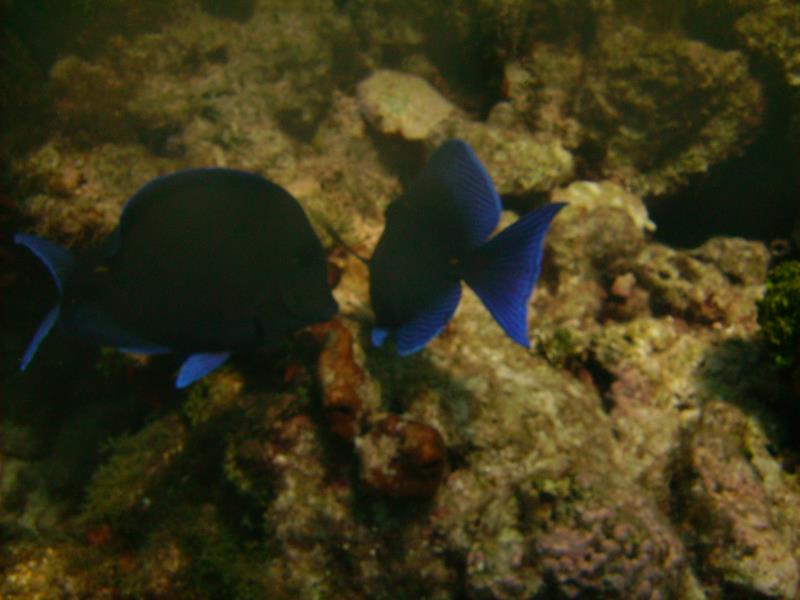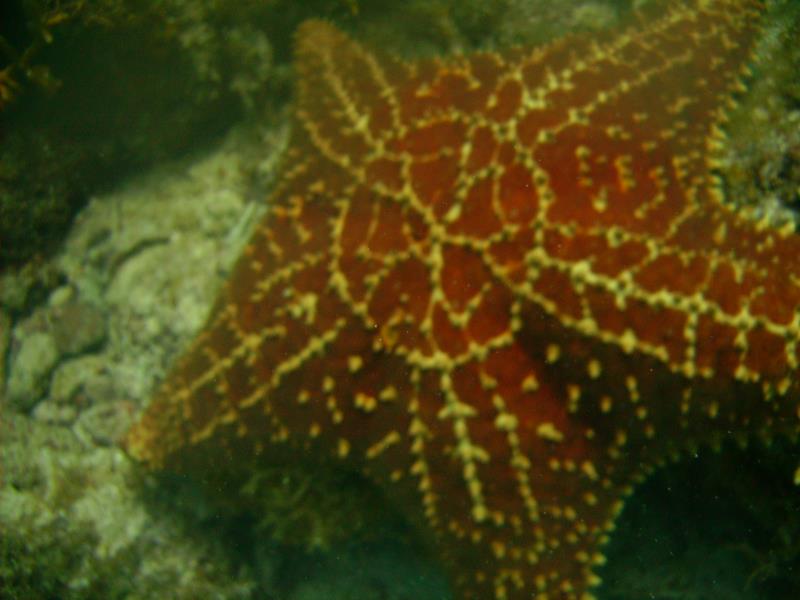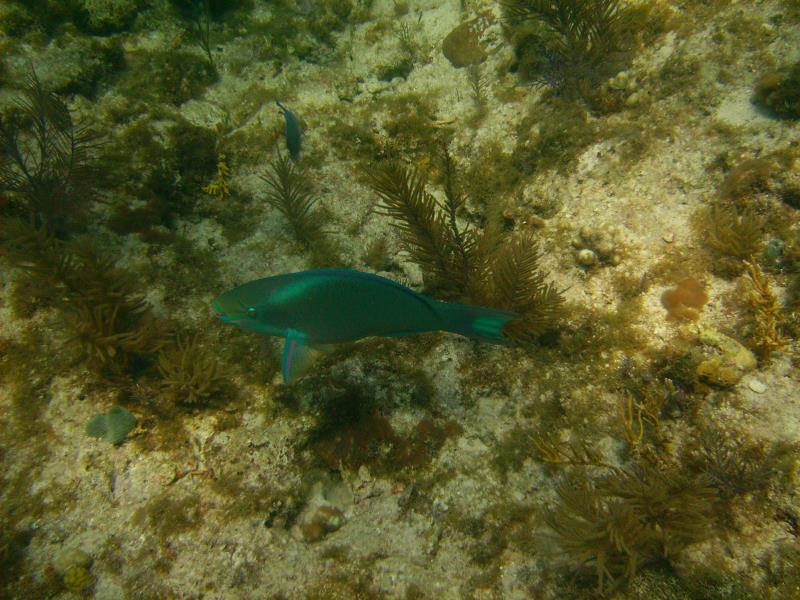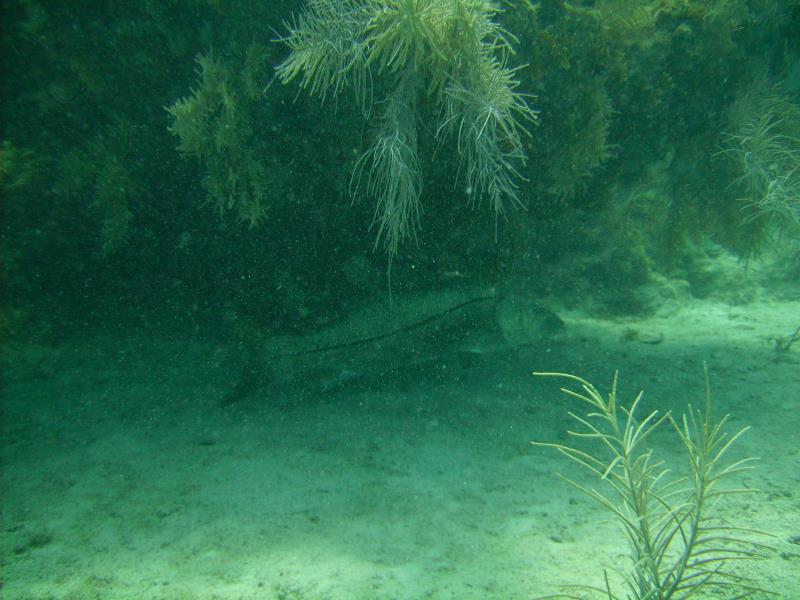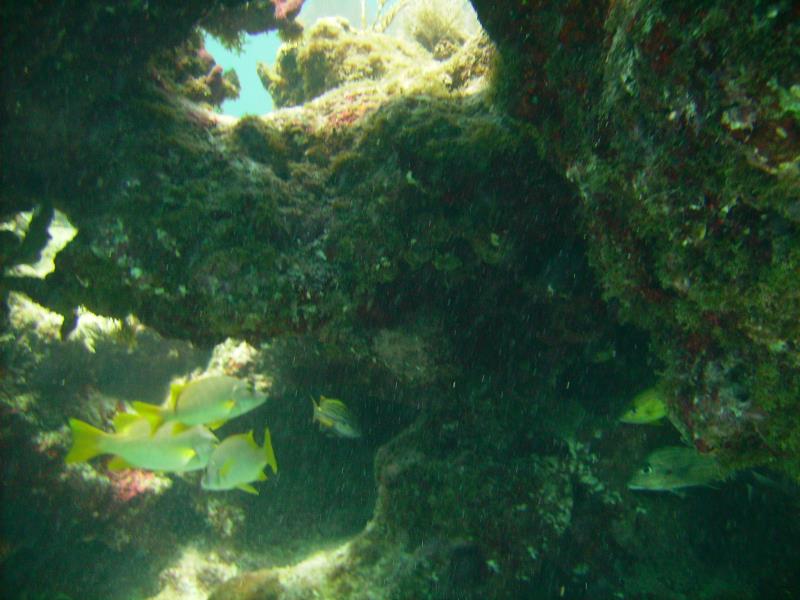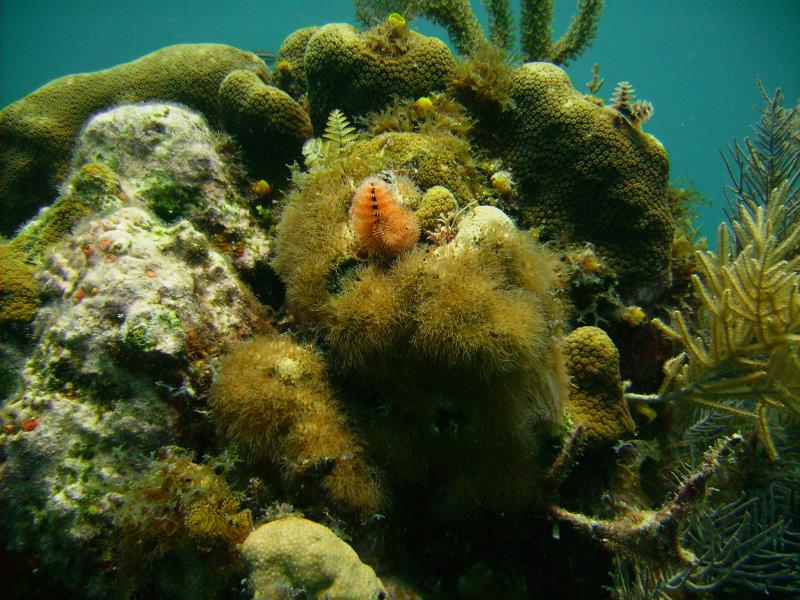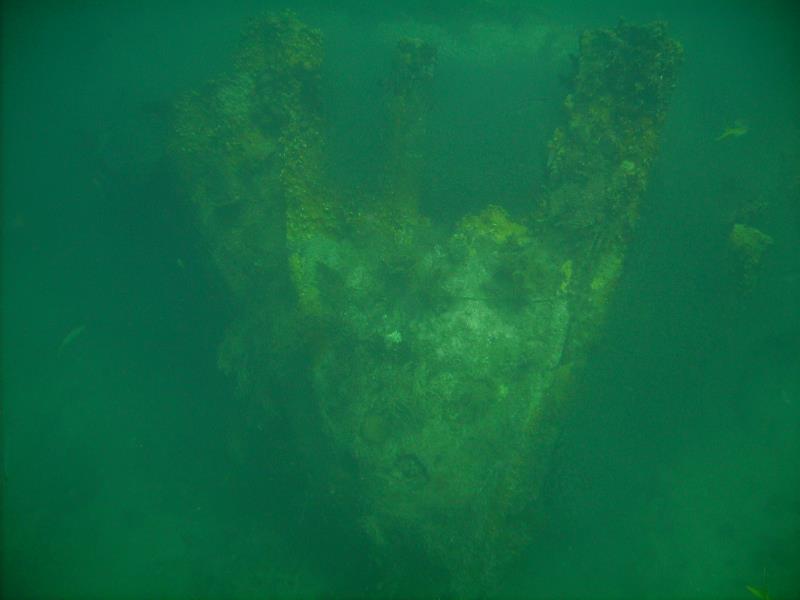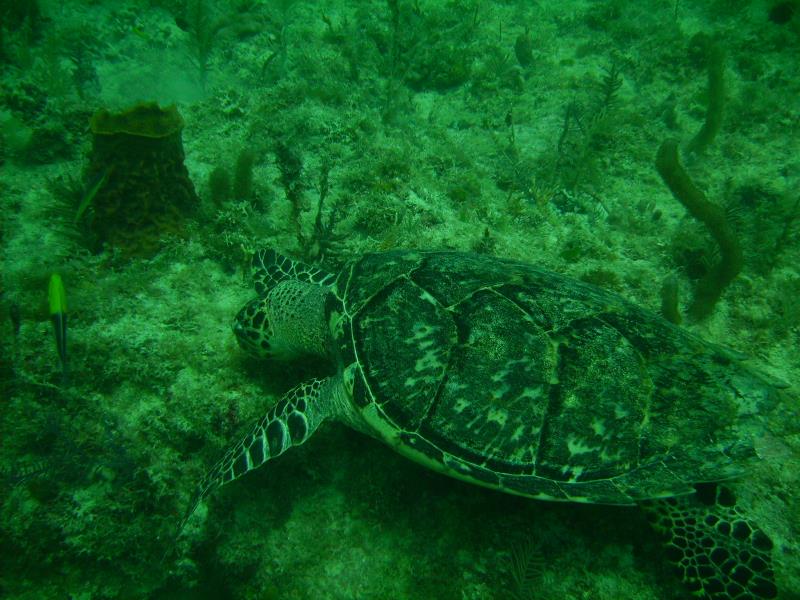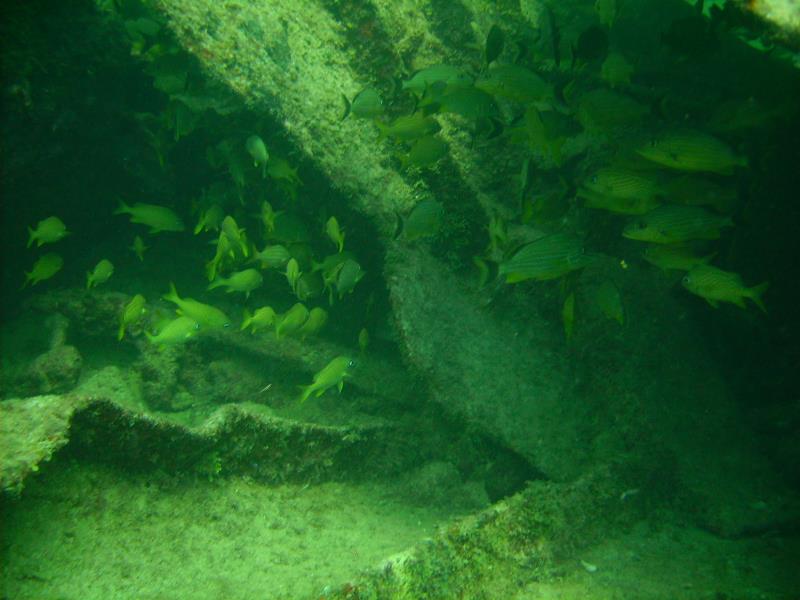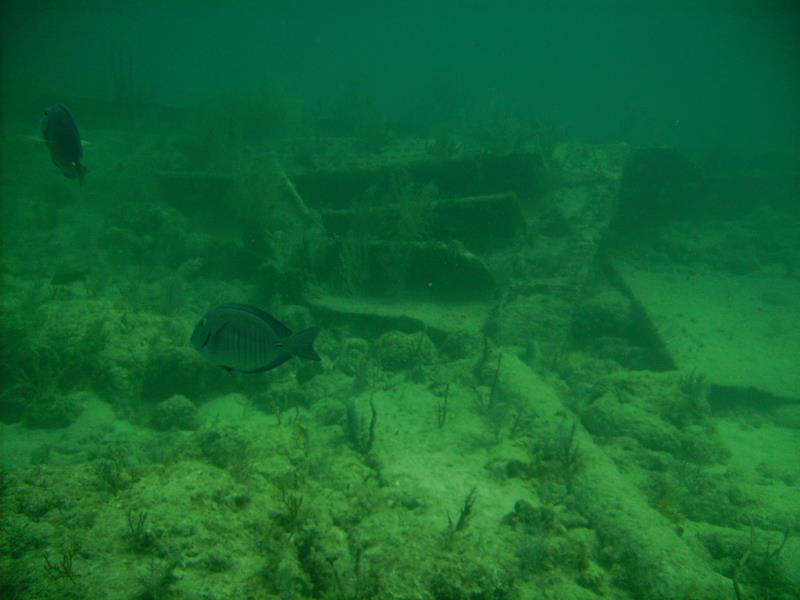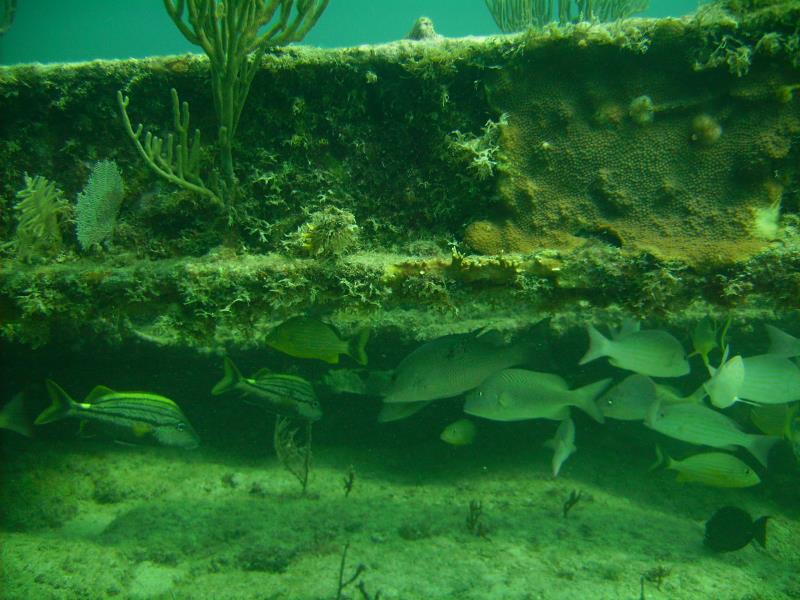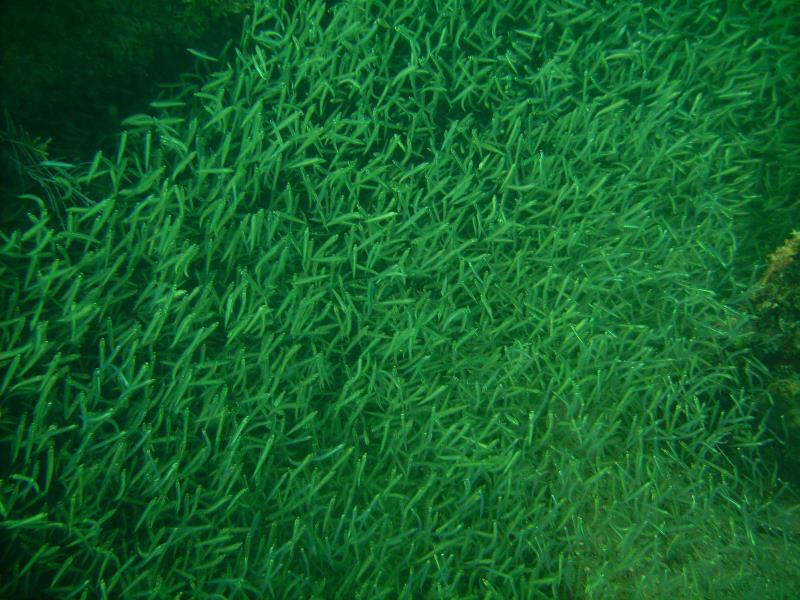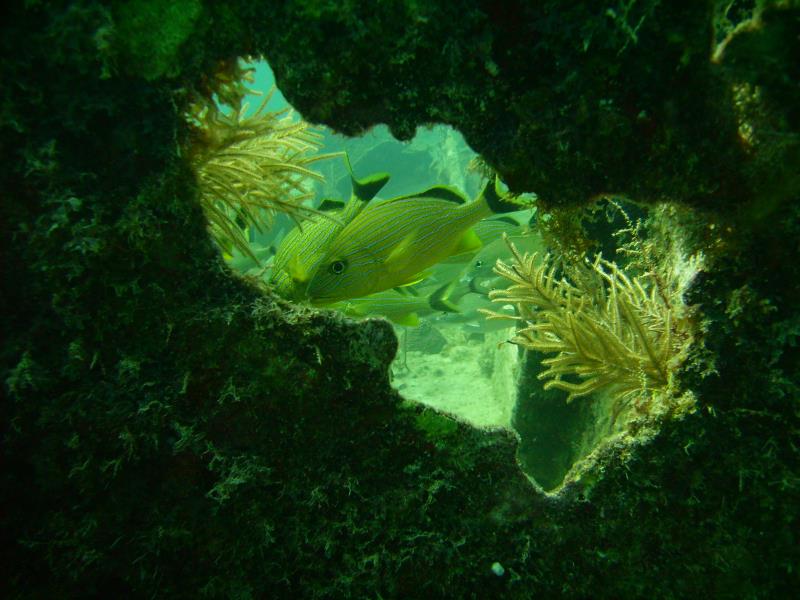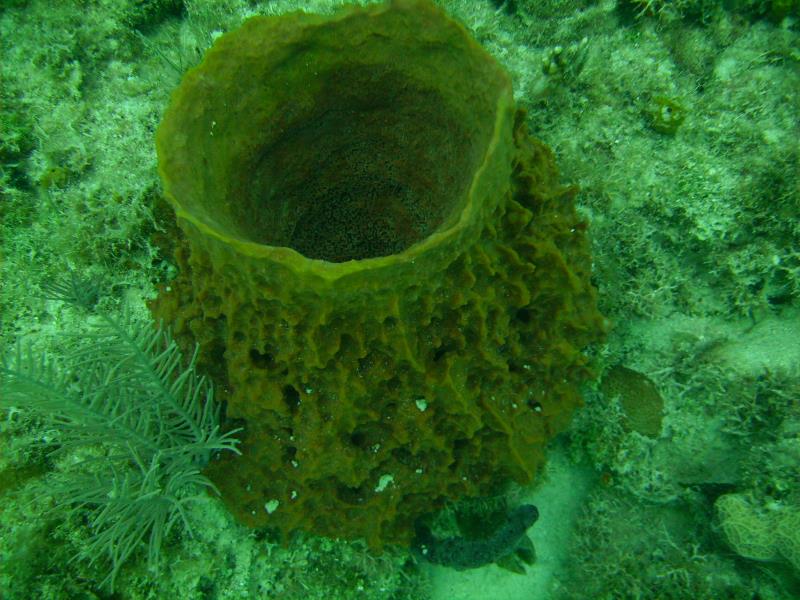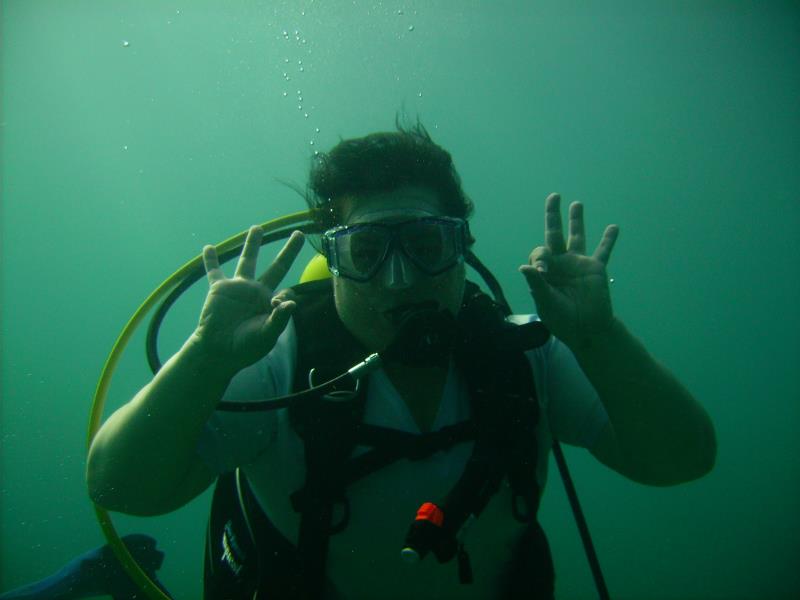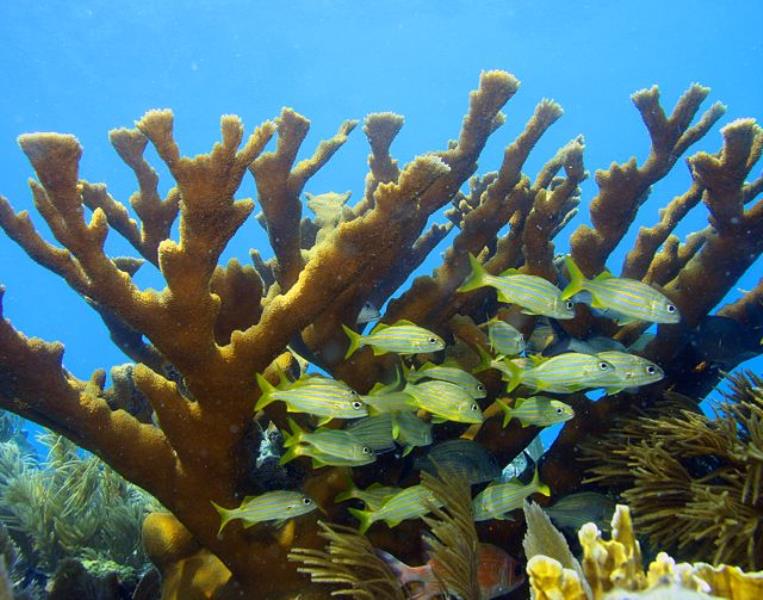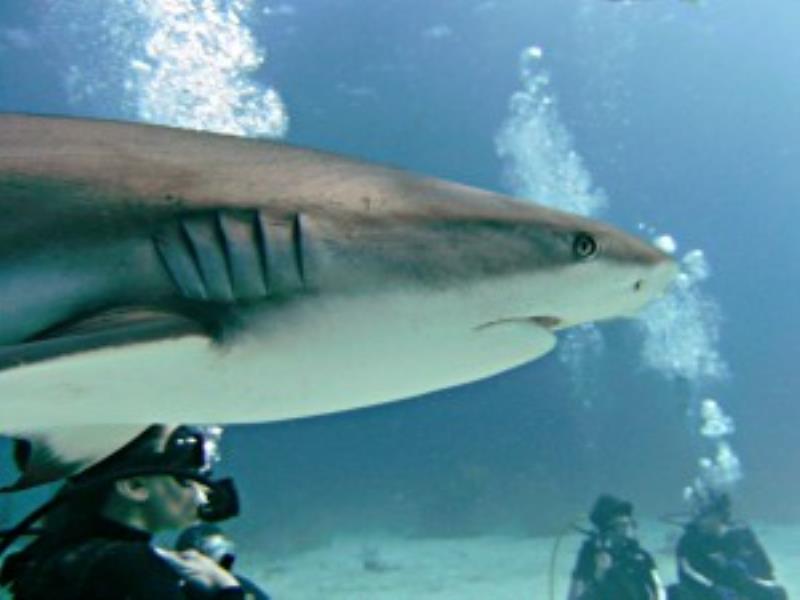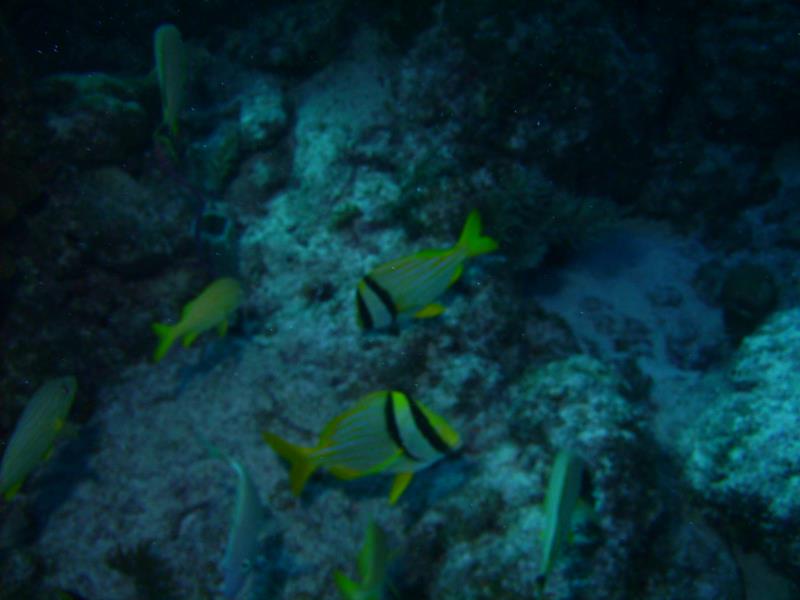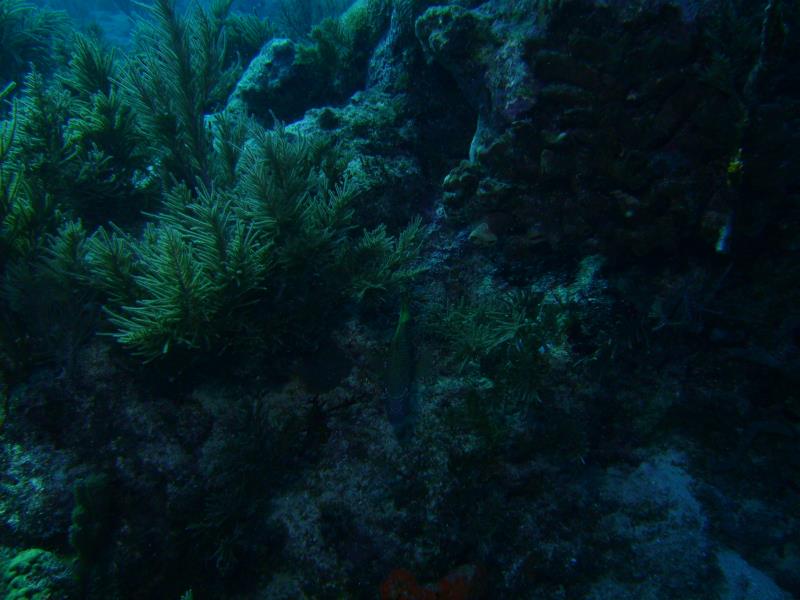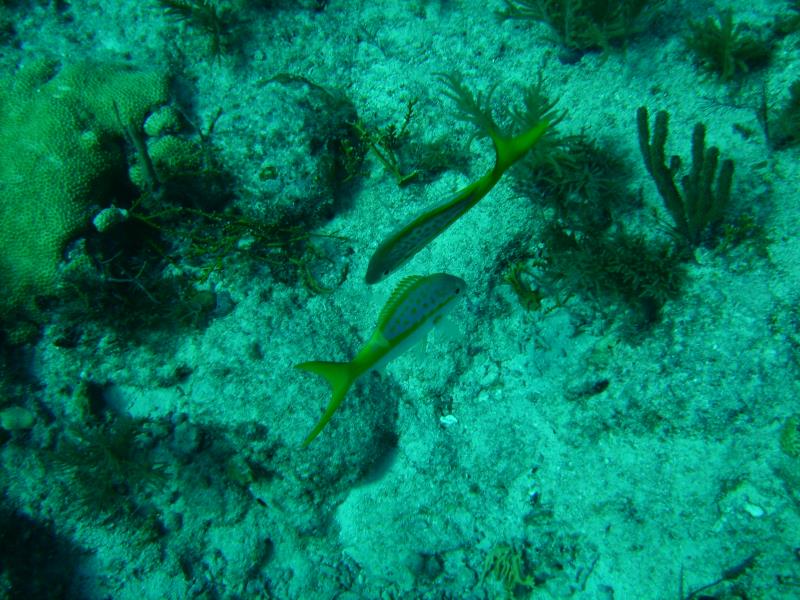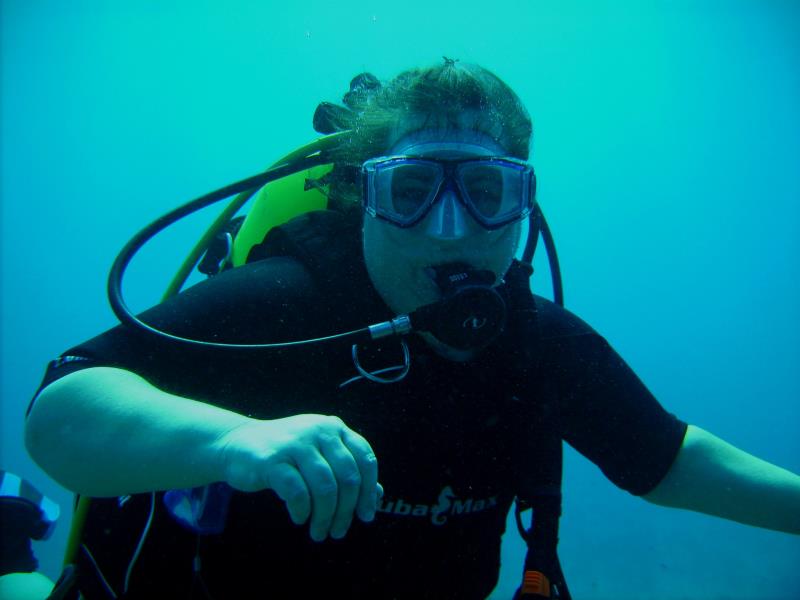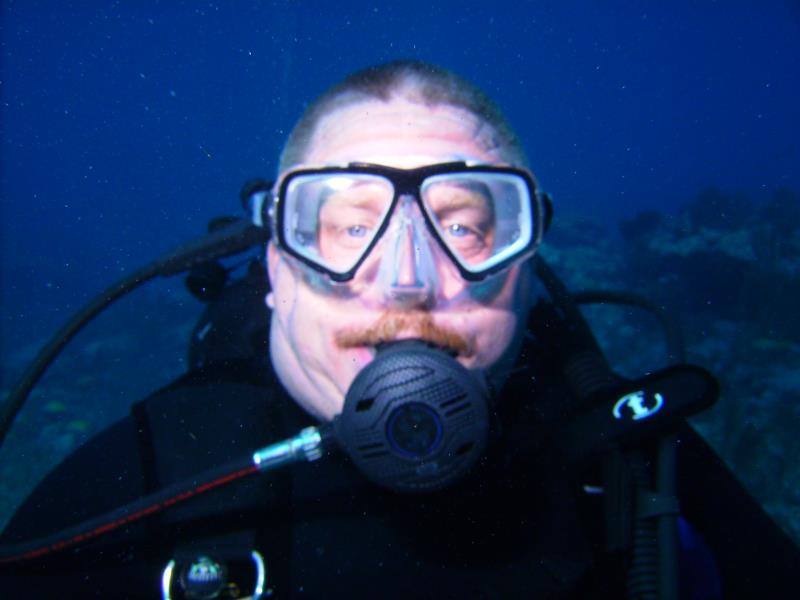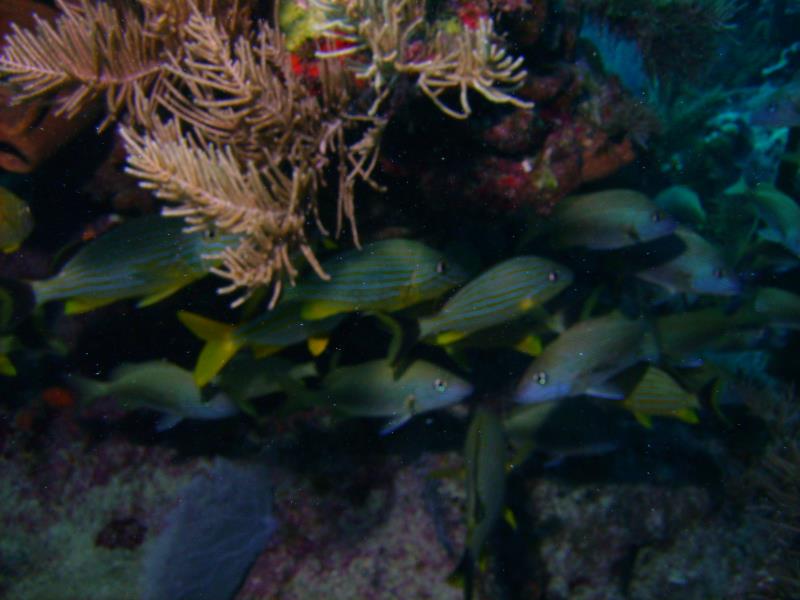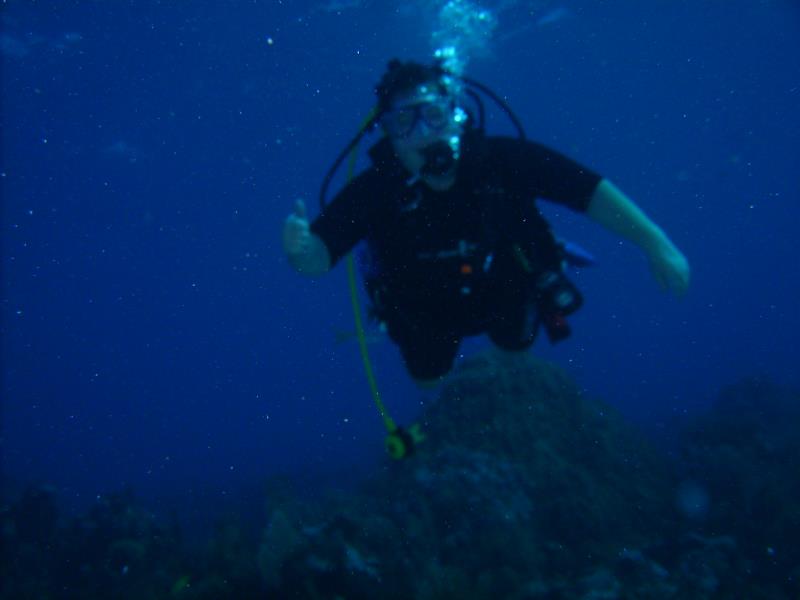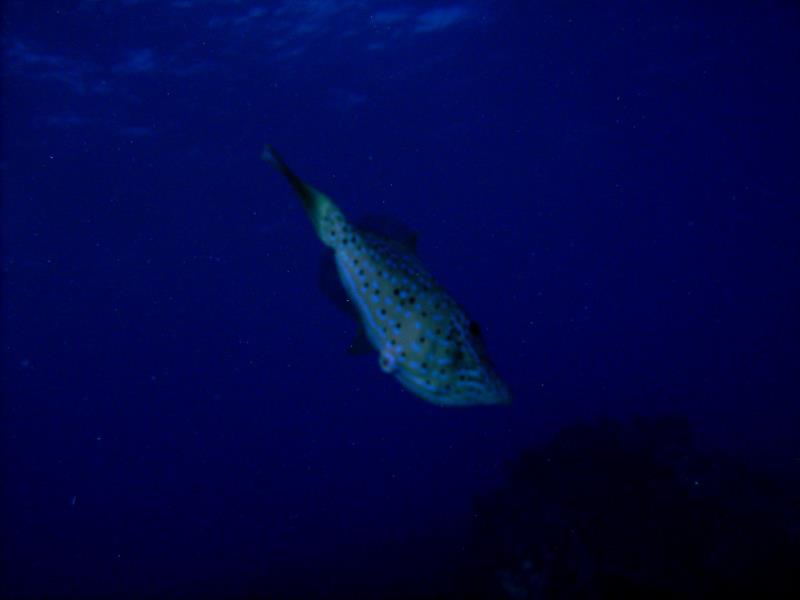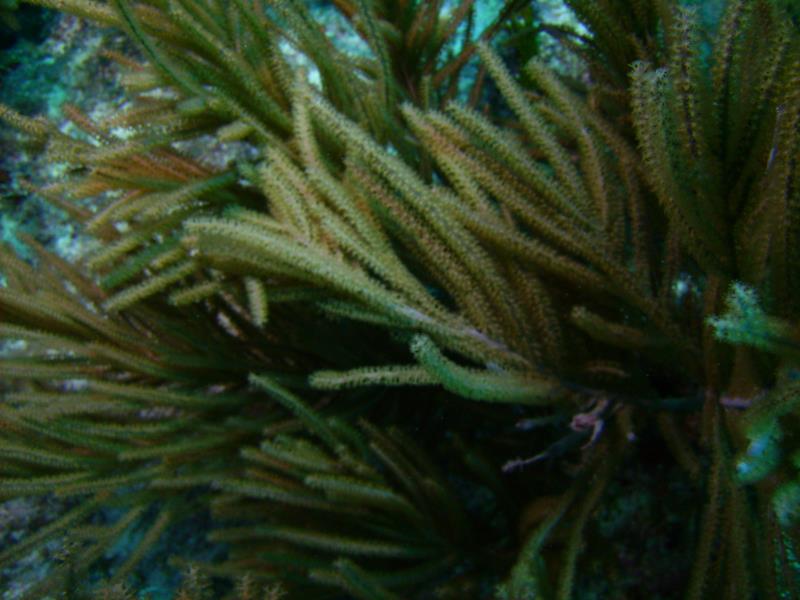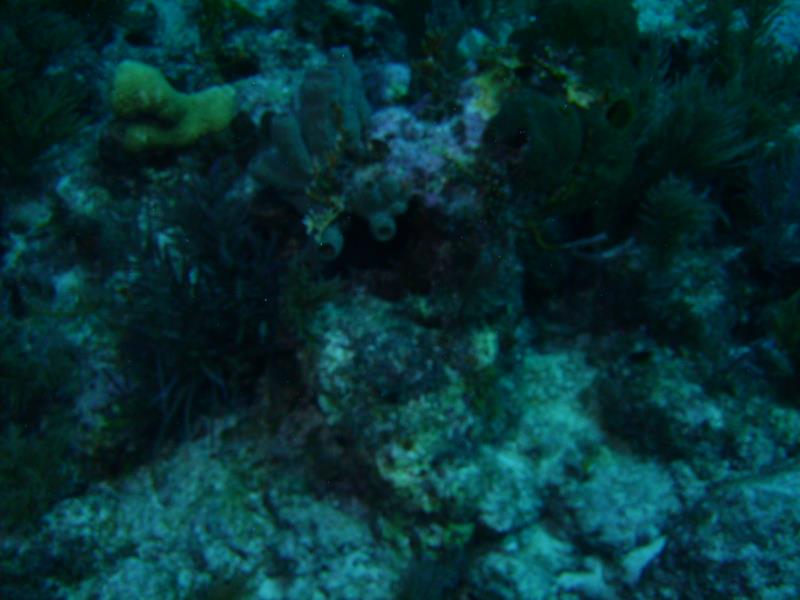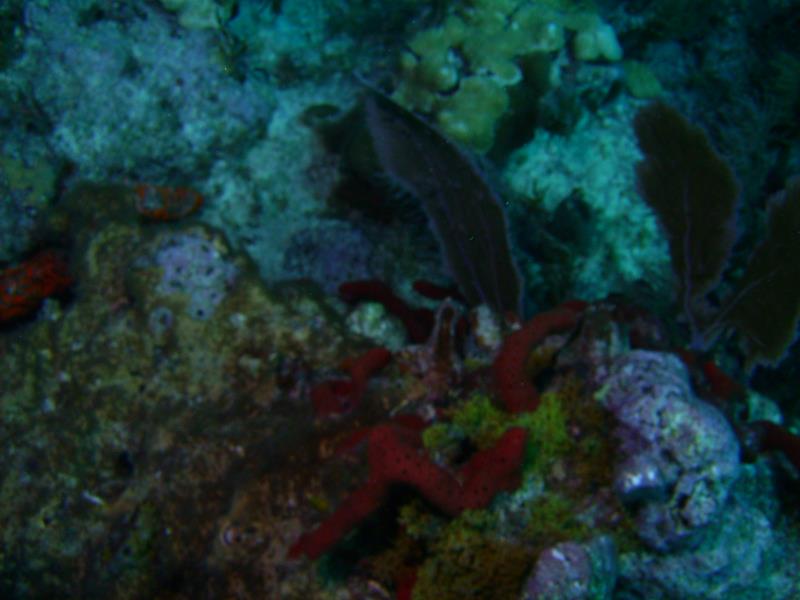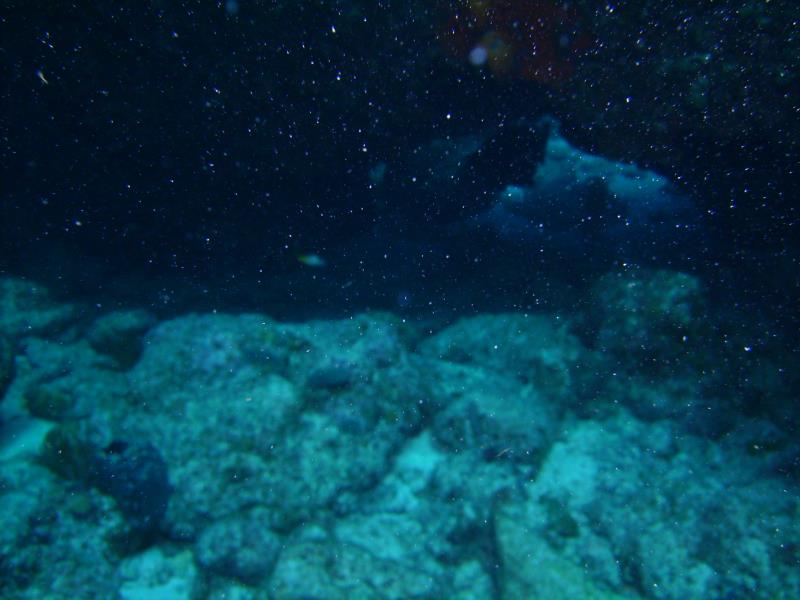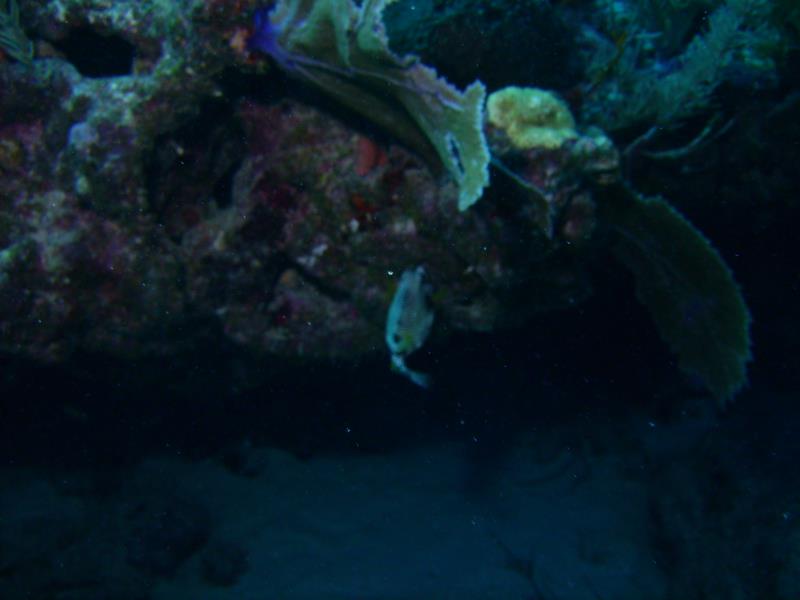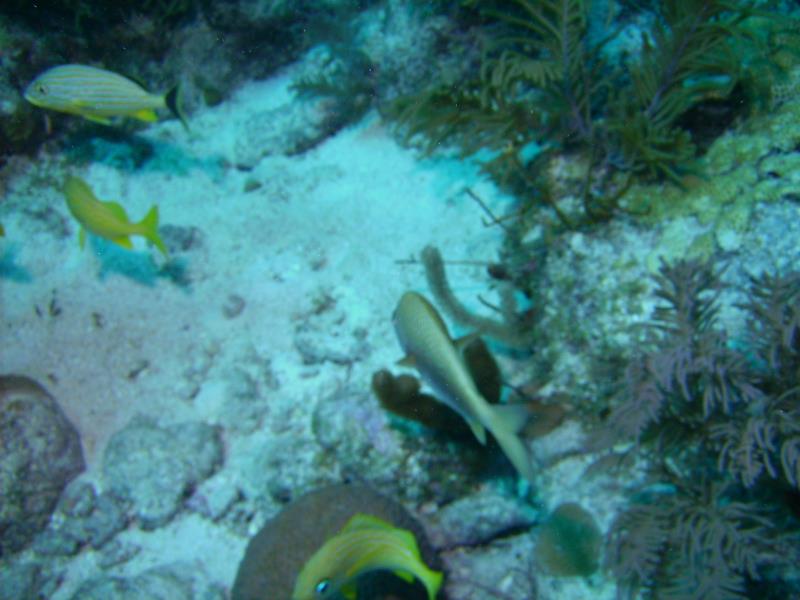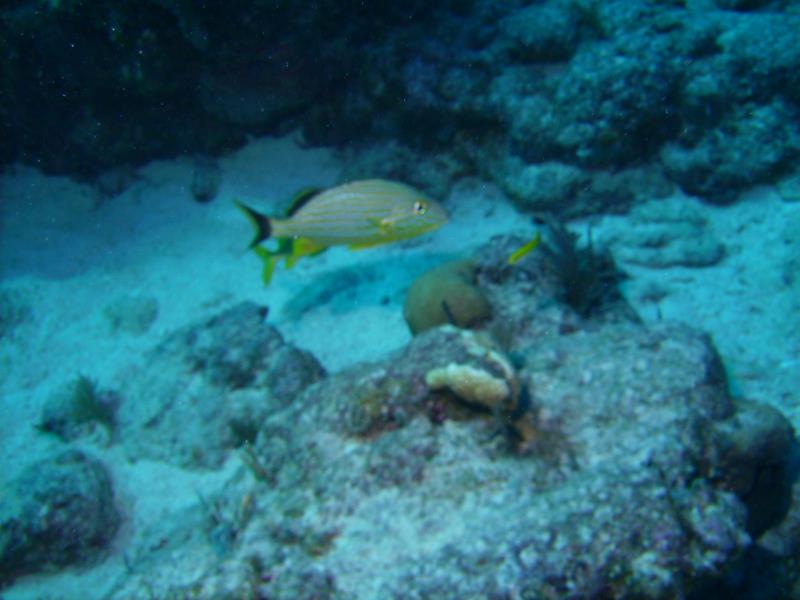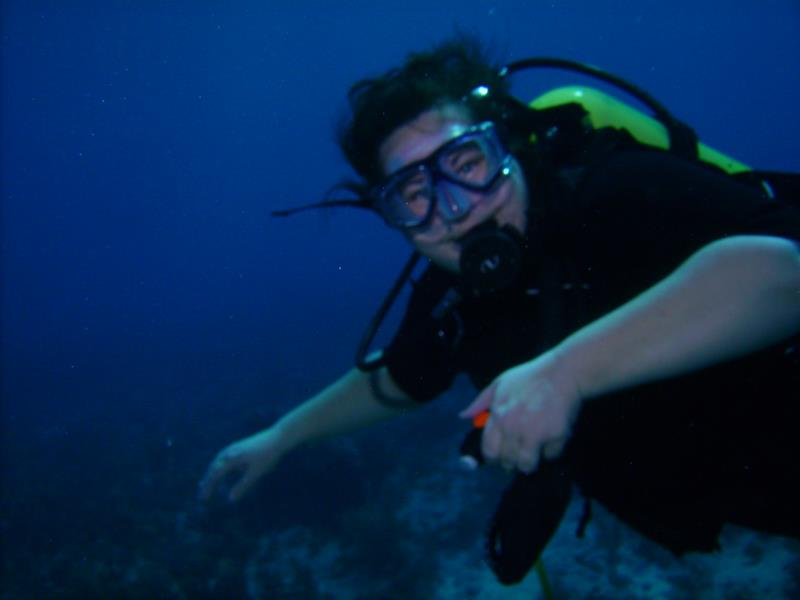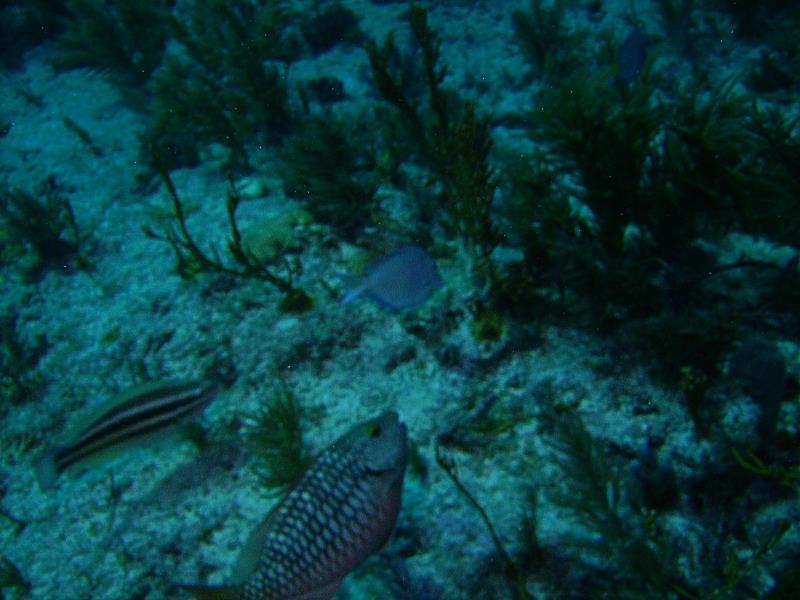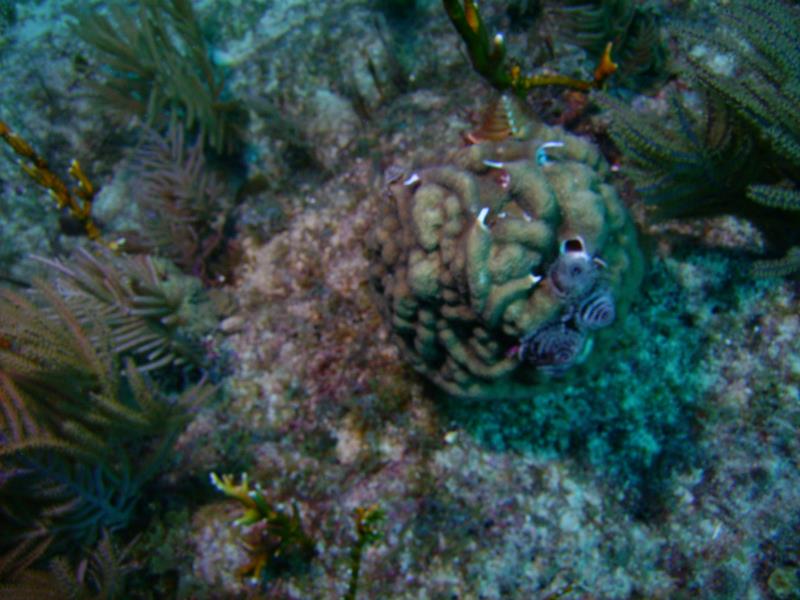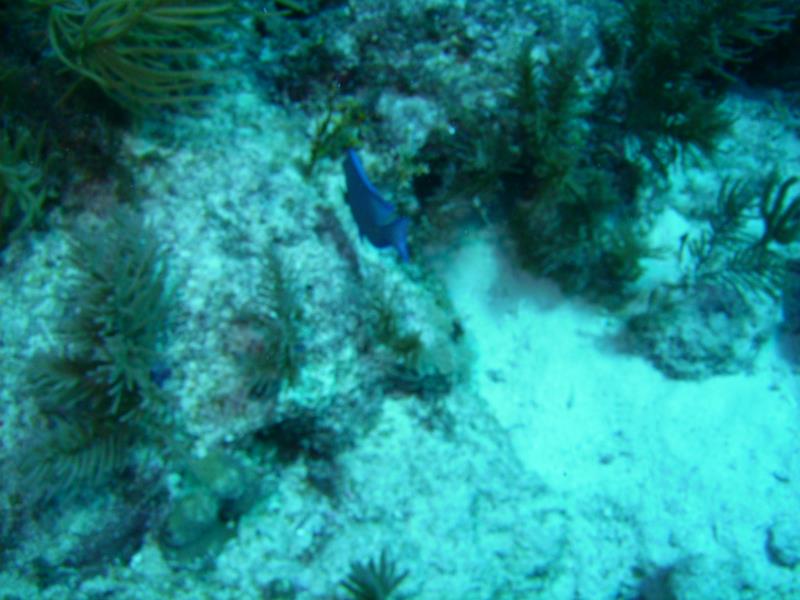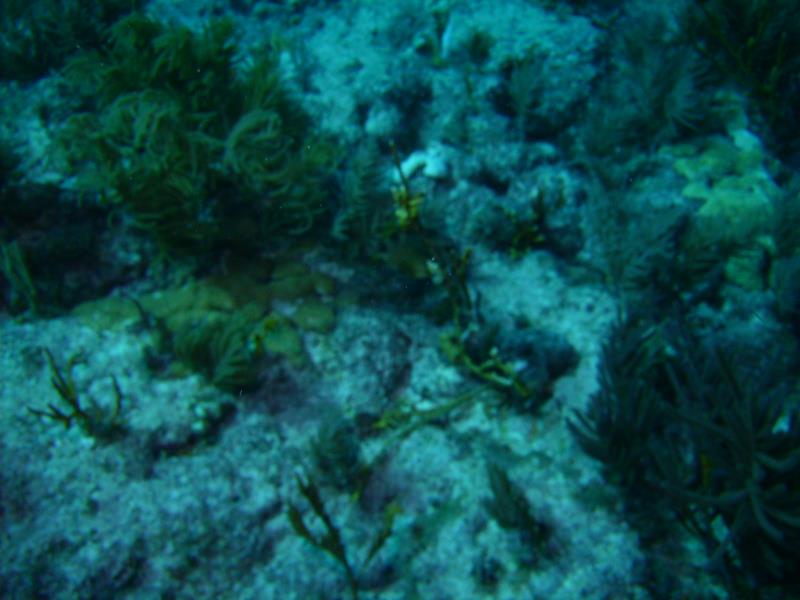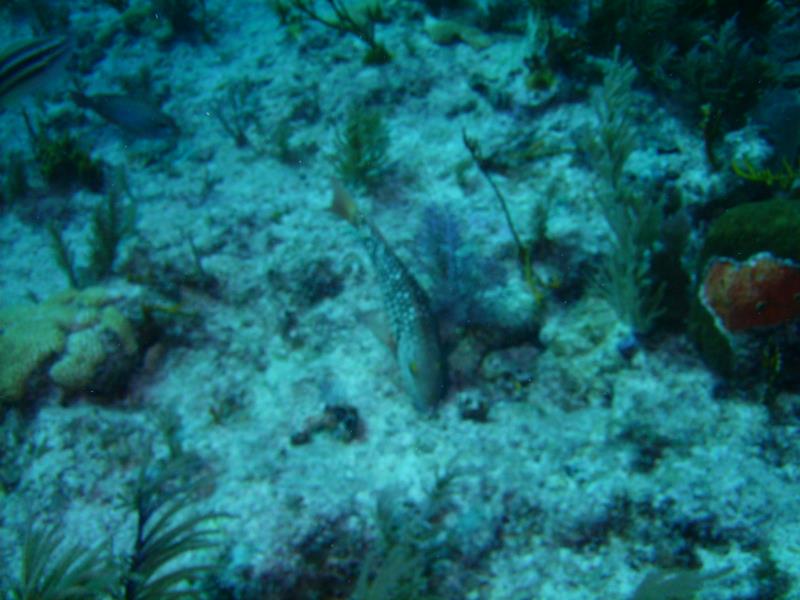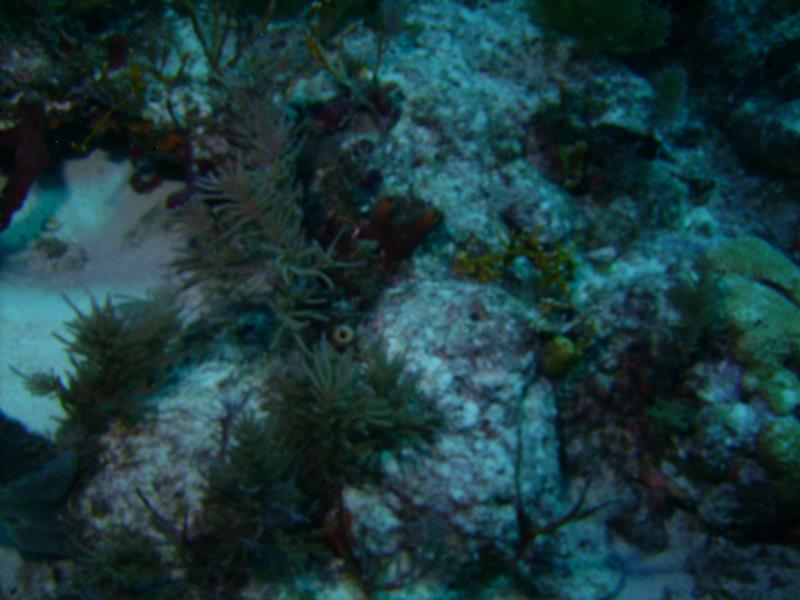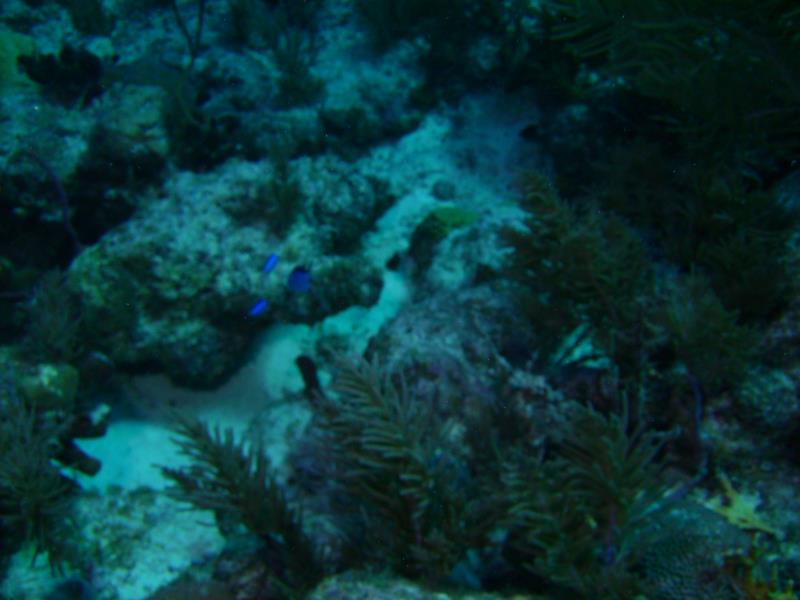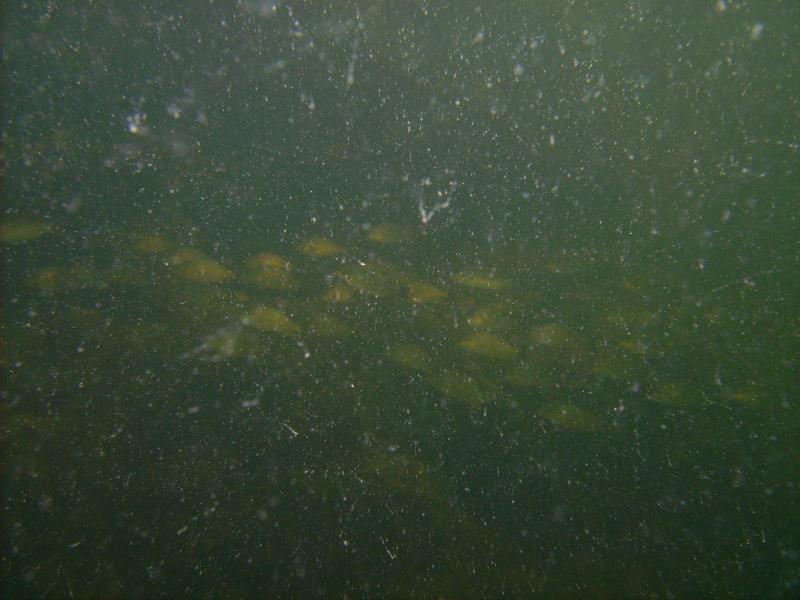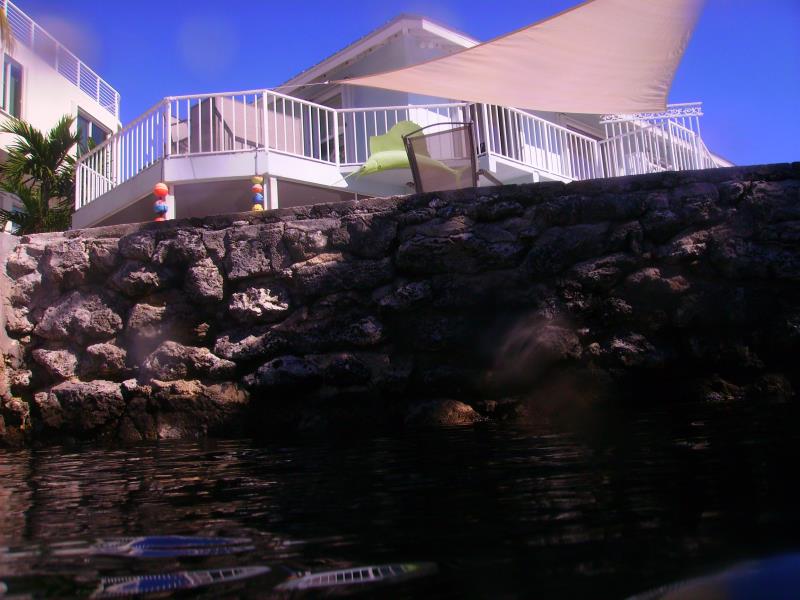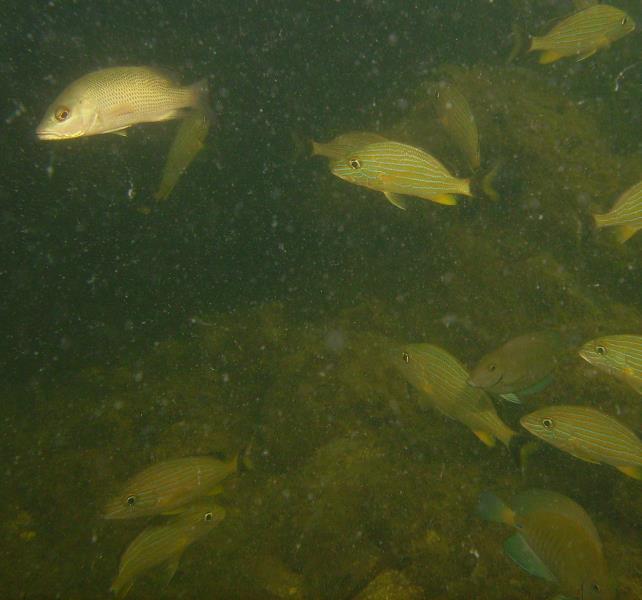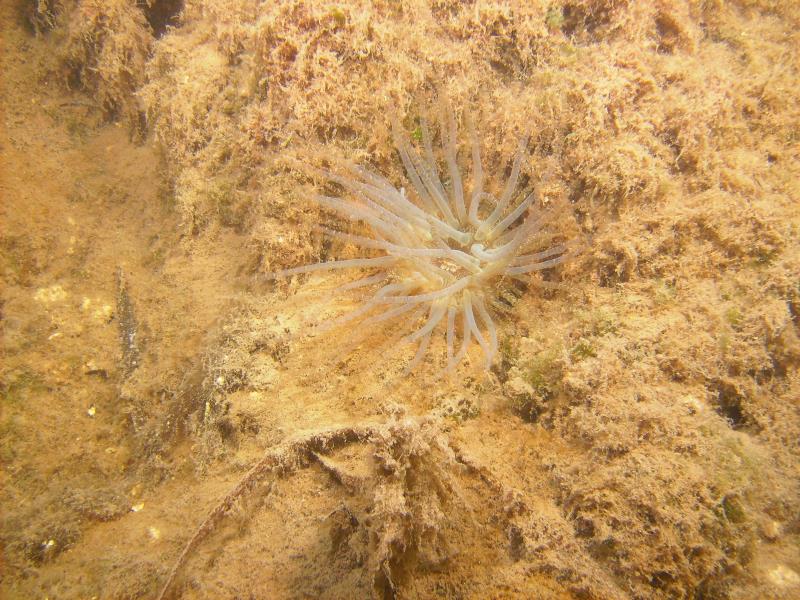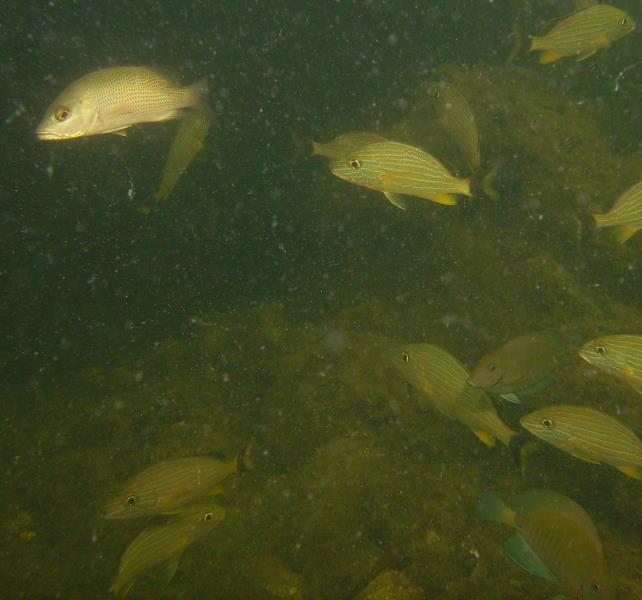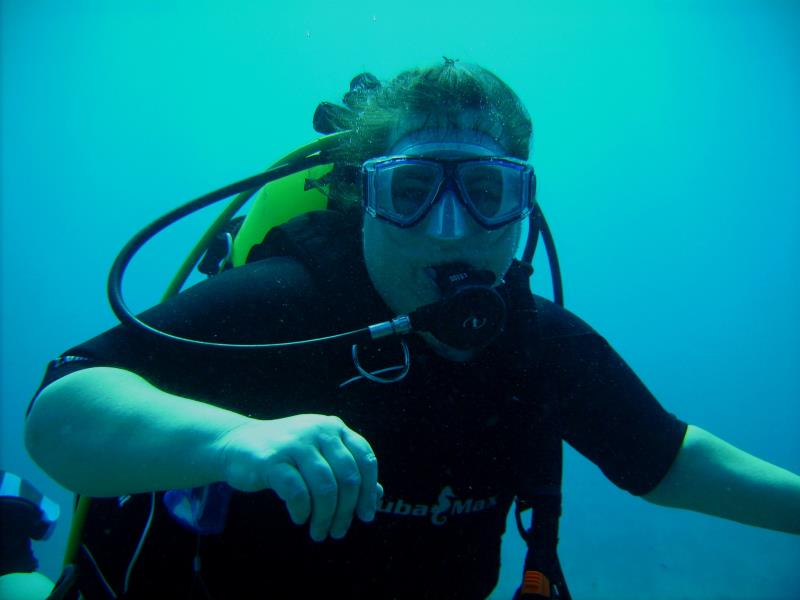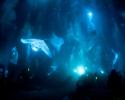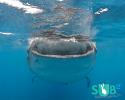 Advice on Scuba Diving in Florida Keys, United States
Advice on Scuba Diving in Florida Keys, United States
Part 1: Overview of Scuba Diving in Florida Keys, (United States)
The Florida Keys stretch south-southwest from the tip of Florida. Offshore following along the Florida Keys is the Florida Reef, the third largest coral barrier reef in the world (after the Great Barrier Reef and the Belize Barrier Reef). The reef and islands making up the keys are built up on an exposed ancient coral reef and subsequent limestone formations found throughout Florida. Scuba diving off the keys is the most accessible and popular location to scuba dive in the United States. Dive sites are plentiful ranging from shore dives to boat excursions on the many reefs and an abundance of wreck dives. The 200 plus islands making up the 100 mile long chain of keys caters to tourism, divers and marine preservation.
John Pennekamp Coral Reef State Park off Key Largo was established in 1963. Pennekamp is the oldest underwater park in the United States. Famous for glass-bottom boats, snorkeling and dozens of reefs and scuba diving sites, Pennekamp's waters offer good if not great visibility and a variety of dive sites in the warm 79 degree F waters. The Florida Keys National Marine Sanctuary, established in 1990, continues south from the waters of John Pennekamp State Park encompassing and protecting the long chain of keys and their surrounding waters. Because there is so much tourism and competition amongst dive shops and excursion outfits the sanctuary safeguards and enforces against misuse and environmental abuse. Different dive shops are given access to designated areas or sites they can commercially dive, preventing overuse of popular reefs. This not only protects the reefs and wildlife but also helps to spread divers out, preventing crowded zones of red dive flags and too many boats. It is reported that over 28 million people visit the Florida Keys each year.
There are many hotels, shops and restaurants along the keys. The seafood restaurants on the piers overlooking the water are an amazing way to end a day in the water. The potential for fun in the sun and in the water is legendary. For scuba divers John Pennekamp and the waters along the Florida Keys offer days if not weeks of territory to explore.
Part 2: Dive Sites, Marine Life & Environment in Florida Keys, (United States)
The most famous and most popular dive site in the Florida Keys is Christ of the Abyss off Key Largo just east of John Pennekamp State Park. The hands of the bronze statue of Jesus raise just 11 feet under the water's surface. The statue is circled by reef and close to the dive sites known as Dry Rocks, Grecian Rocks and The Elbow. This area is a perfect place for beginner divers and snorkelers. The water ranges from 5-120 feet deep, averaging about 30 feet deep. The statue is a popular site for underwater weddings and funerals. People commonly scatter ashes at the statue and some businesses even offer the service to those who would rather not do the scattering their selves.
The area around the statue is very popular and can be crowded, but the spectacle is worth braving the crowd. The area is home to many fish and mammals. Manatees and dolphins frequent the area and are used to the crowds of snorkelers and divers. The area is famous for the abundance of reef fish such as the beautiful Queen and French Angelfish, hogfish and the tiny but tough little darting damselfish. Since the inland key of Key Largo is so large the waters offshore are more calm offering better visibility than offshore the smaller keys where the gulf stream disturbs the waters creating stronger currents and more turbulent, cloudier waters. The schools of fish and the reef fish enjoy the protection the big key and it shows in their abundance. The fish density and diversity off this part of Florida is known to be higher and more spectacular than most of the Caribbean.
For the more adventurous and advanced divers there are countless wreck dives along the keys. Before the lighthouses and modern navigation technology, the Florida Keys were infamous for wrecking ships. The top job in Key West during most of the 1800's was wreck salvaging. Between 1848 and 1859 it is reported that 618 ships were wrecked along the Florida Keys coast. The Wreck Trek Diver Challenge is an ongoing diving activity that dozens of dive shops in Key Largo, Islamorada, Marathon and Key West are participating in through 2014. Participating dive shops offer passage to the wrecks and provide a copy of the 'Official Florida Keys Wreck Trek' logbook. The challenge highlights nine of the Keys' many wreck dive sites: Spiegel Grove, USCG Duane, USCG Bibb, Wreck of the Eagle, Thunderbolt, Adolphus Busch Sr., Cayman Salvager, Joe's Tug and the Vandenberg.
The most popular and famous wreck dive in the keys is the USS Vandenberg, about six miles off the coast of Key West. The 522 foot Navy transport ship was intentionally sunk off the coast of Key West on 2009. The ship is the second-largest artificial reef in the world, after the aircraft carrier USS Oriskany sank off Florida's panhandle coast in the far north of the state. The USS Vandenberg sits in over 150' of water making exploring the bottom of the wreck too deep for typical open water diving. The most interesting features of the dive, like the huge satellite dishes, are found in less than 100' of water. This dive is not suitable for beginners or for training and certification purposes.
Another popular wreck dive that is suitable for less experienced divers is Mike's Wreck, an unidentified ship haul that is accessible from the dive site Elbow Reef not far from the Christ of the Abyss statue off Key Largo. This wreck is in about 25' of water and a great place for your first wreck dive. There are hundreds of large and small wrecks along the keys, many just recently discovered and countless more still undiscovered.
Part 3: Dive Shops, Airports & Logistics of Diving in Florida Keys, (United States)
Most divers arrive via Miami International Airport or Fort Lauderdale Hollywood International Airport. It is easy and relatively quick to rent a car and head south, picking up U.S. Route 1 that runs all the way to Key West. The most popular and arguably the most beautiful reefs are off Key Large, a large, northern key just over an hour from the Miami area. Key West at the tip of the inhabited keys is about a 3 hours drive from Miami. U.S. Route 1, the Overseas Highway, is a spectacular drive and a marvel of engineering. The Seven Mile Bridge is one of the longest bridges in the world. It connects Knight's Key near the city of Marathon in the Middle Keys to Little Duck Key in the Lower Keys.
For those who do not already have their itinerary filled out, there is no short supply of dive shops and dive sites able to accommodate the spontaneous traveler. There are countless dive shops along the keys, some big commercial shops such as Dive Key West, Conch Republic Divers in Tavernier or Horizon Divers in Key Largo. There are also many small family operated dive shops whose owner could end up being the captain of your day excursion. Tourism and human use of the reefs has really grown in the past century. Monroe County reports an increase of 1000% in registrations for recreational boats from 1964 to 2006.
Amy Slate's Amoray Dive Resort is a popular dive shop and resort in Key Largo. It offers the amenities of a resort and specializes in boat tours, dive excursions, weddings, PADI scuba diving courses and certifications, reef fishing, snorkeling, kayaking as well as food and the beautiful views. This is a great place for couples or families who love to dive or want to learn to dive.
There are many dive shops that take divers to the famous USNS Vandenberg wreck site off Key West. An example is Innerspace Dive Center on Big Pine Key just north of Key West. This is a great dive shop that offers a great daily schedule of trips and is affordable. The shop makes frequent trips to the Vandenburg and the shipwreck the Adolphus Busch and to the more remote Looe Key National Marine Sanctuary.
---- Book Your Diving ----
Fill in the Form Below.
Our hand picked regional partners will deliver no obligation quotes.
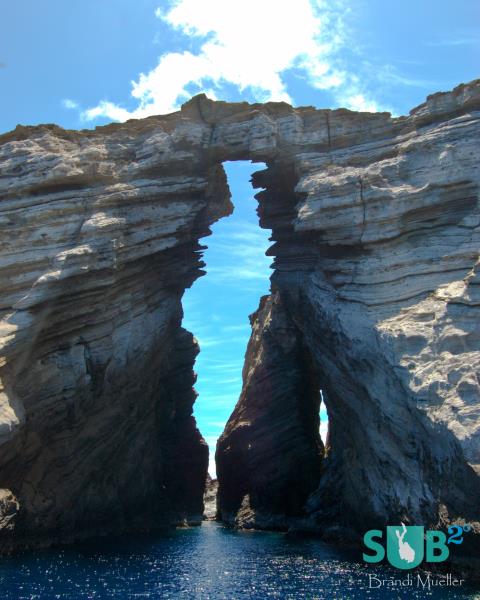
Tweets by @DiveAdvisorApp
Top Dive Shops
Top Dive Sites
Certifications Offered
-
Advanced Open Water Diver
Tilden's Scuba Center , Florida Keys -
Rescue Diver
Tilden's Scuba Center , Florida Keys




